Your safari starts with a visit to the world famous Serengeti, where you experience the great migration of wildebeests and zebras from July to October.
This is followed by a wild swing to the remote parks in western Tanzania, where you will enjoy more fantastic safaris in Katavi National Park and visit the chimpanzees at Lake Tanganyika.
Tanzania's south, with Ruaha National Park and Nyerere National Park, are further highlights before you arrive in Zanzibar via Dar-Es-Salam to end your trip relaxing on the beach.
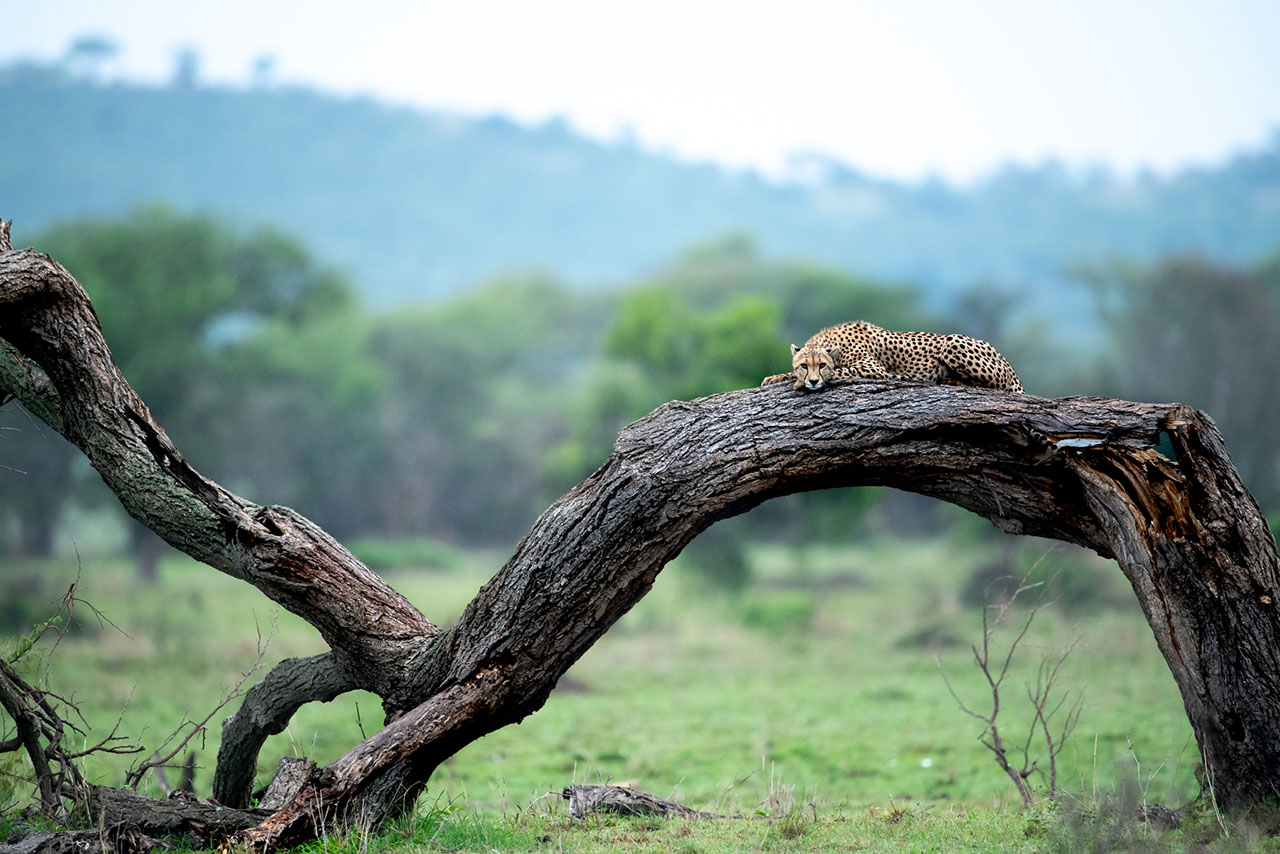





Accommodation
Guests at Kahawa Cottages are personally hosted by the owners Finias Laizer and Anita Warrener, our partners in Tanzania.
The three spacious cottages sit on the grounds of their home, a former coffee plantation, and each cottage includes two bedroom and two bathrooms with a shared sitting area and balcony. Guests have access to the main house to use the swimming pool, television and WiFi.
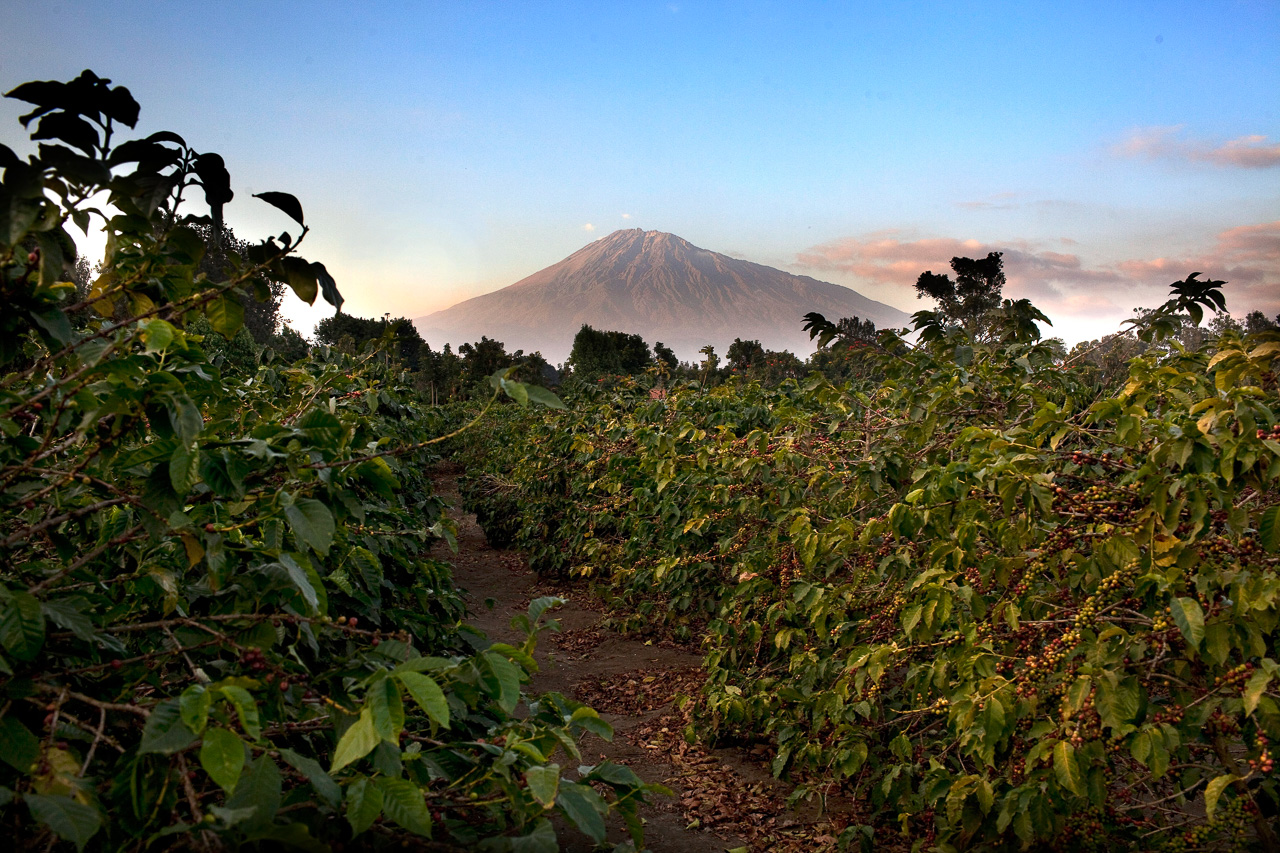
Most visitors spend one night here after arriving on their international flight before beginning their safari the next day. Kilimanjaro International Airport is located approximately one hours’ drive from Arusha on the road cmoing in from Moshi.
Arusha's most famous landmark is Mount Meru, a dormant volcano that rises more than 4,500 m out of the ground in the west. The Ngurdoto Crater is located on the other side of the park, and the Momella Lakes sit between.
Arusha itself has grown considerably in recent years and there are probably around 650,000 people living in the city. The population has increased tenfold since the 1970s! In addition to tourism, Arusha lives from the trade in coffee and agricultural products and also increasingly from the export of cut flowers. Arusha lies at an altitude of 1,400 meters above sea level and the climate is quite pleasant with an average temperature of around 25° Celsius.

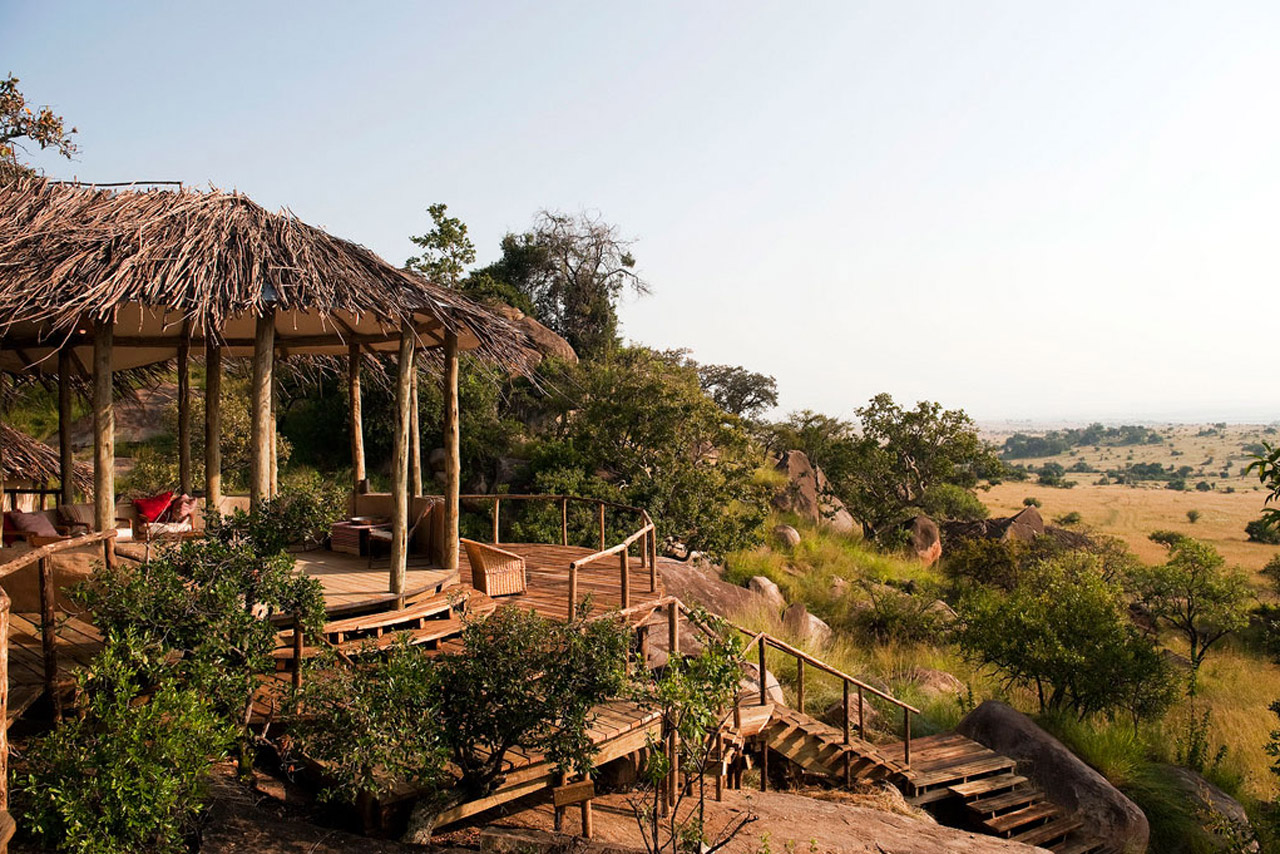
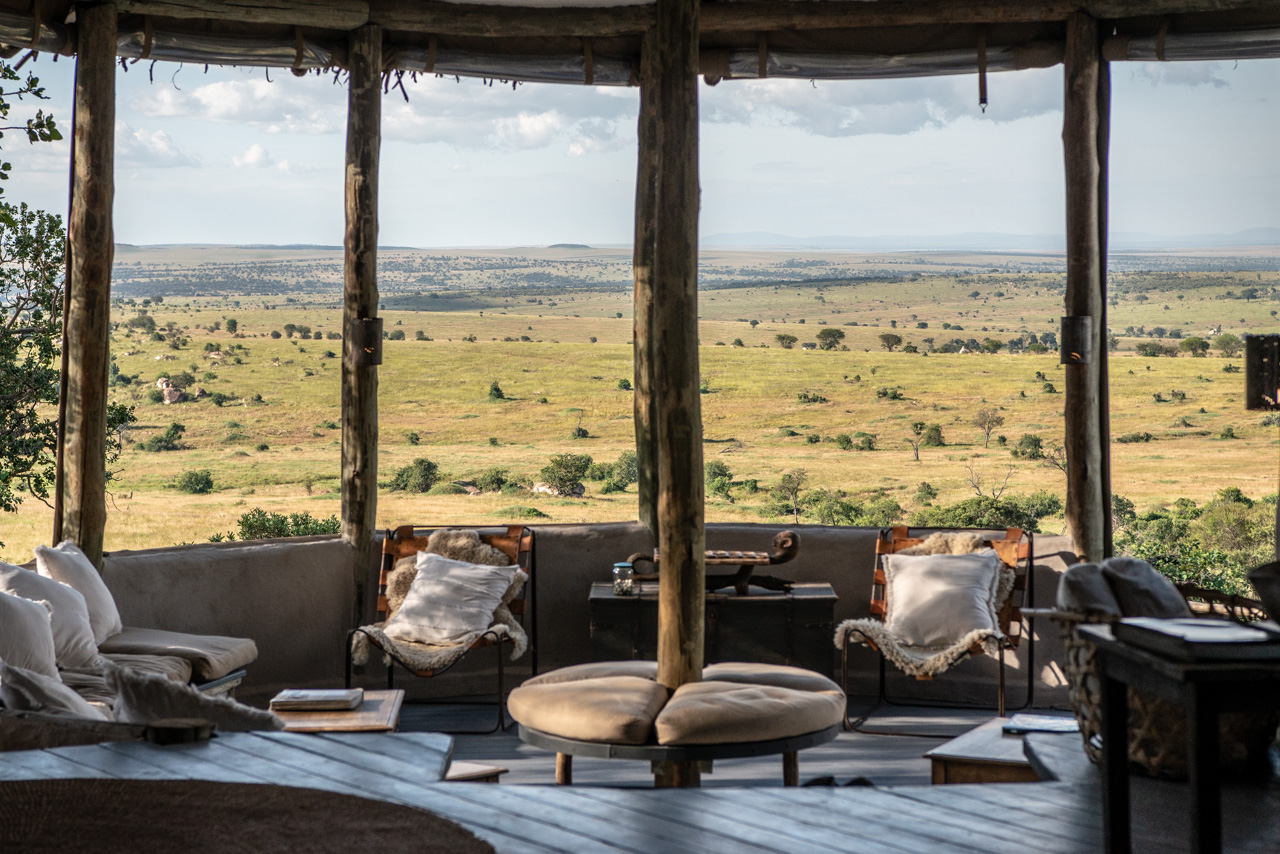
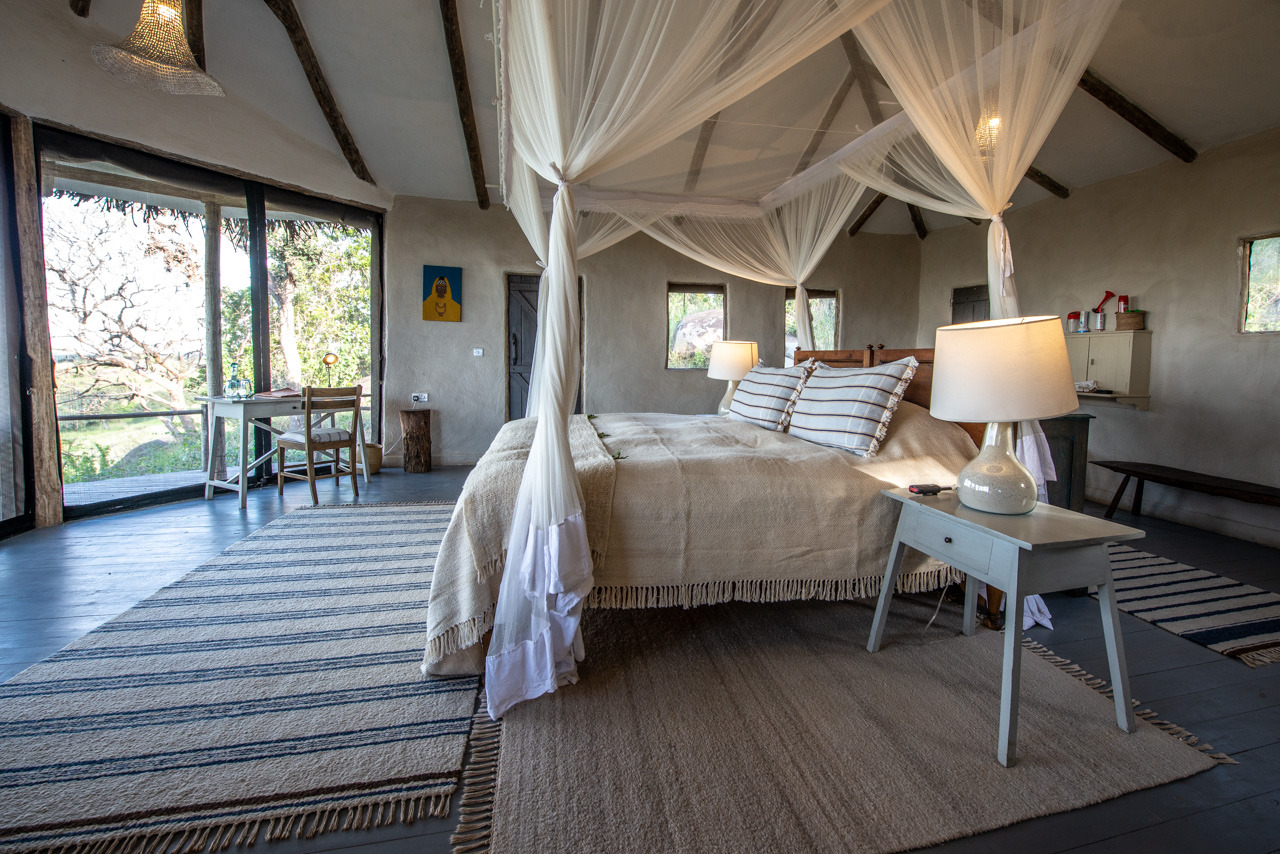

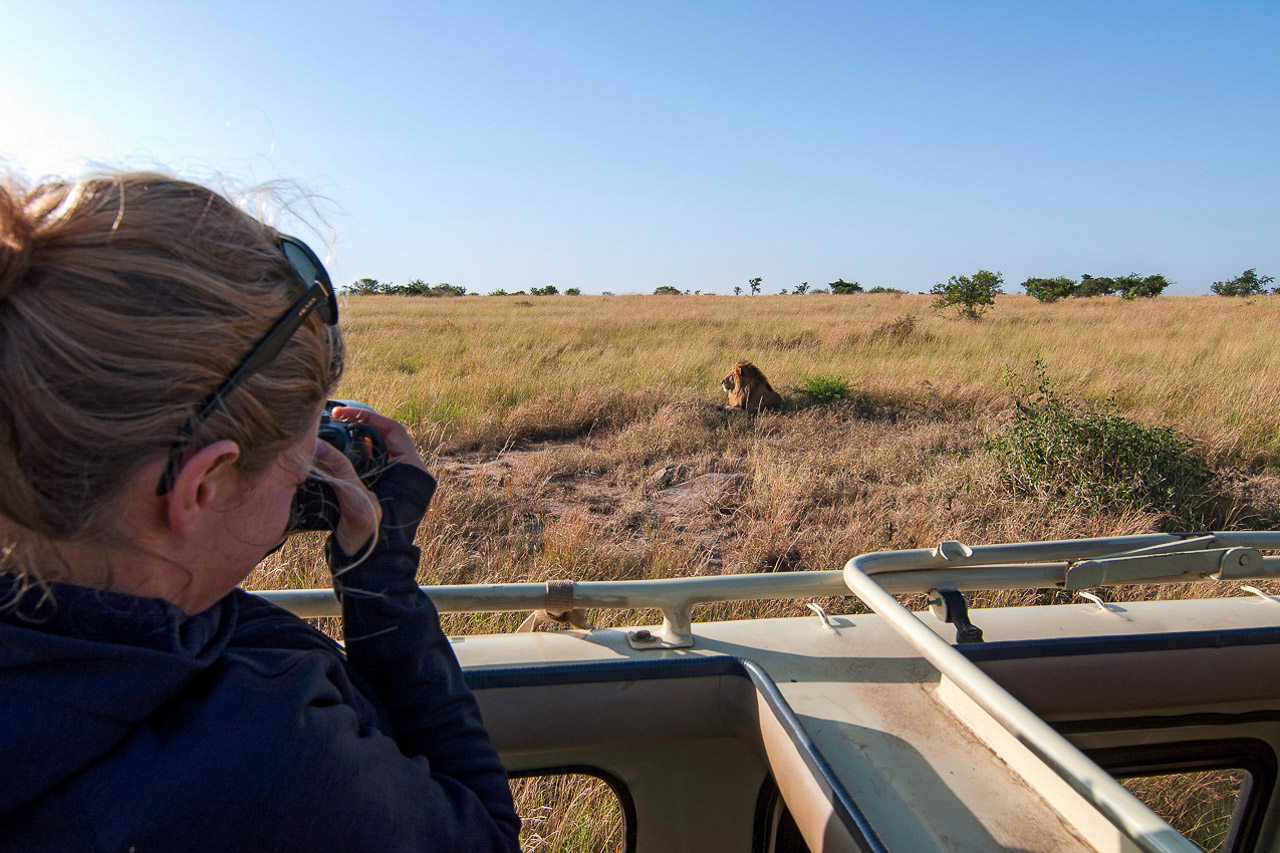
Accommodation
The founders of Nomad, one of Tanzania's most renowned safari operators, chose this spectacular spot to build this camp because of the unique vantage point offered by the Kogakuria Kopjes - a high rocky outcrop affording supremely beautiful views over the Mara River Valley.
Lamai Serengeti Camp comprises a total of 8 tents of which two tents are family units. Each site has been carefully selected and any rocks, rather than being moved, have been individually integrated into the overall design. The rooms are painted in refreshingly light colours and equipped with wooden floors, comfortable beds, a large bathroom and a beautiful veranda with a view of the plain in front of the camp. In the morning, coffee is brought to your room and a new day begins...
Facilities of the main building include a natural stone pool, a lounge and a bar with comfortable seating area.
An alternative for families and friends is the private Mkombe's House. or Lamai Private Camp which is also offered on private basis only.
The closest airstrip is Kogatende.
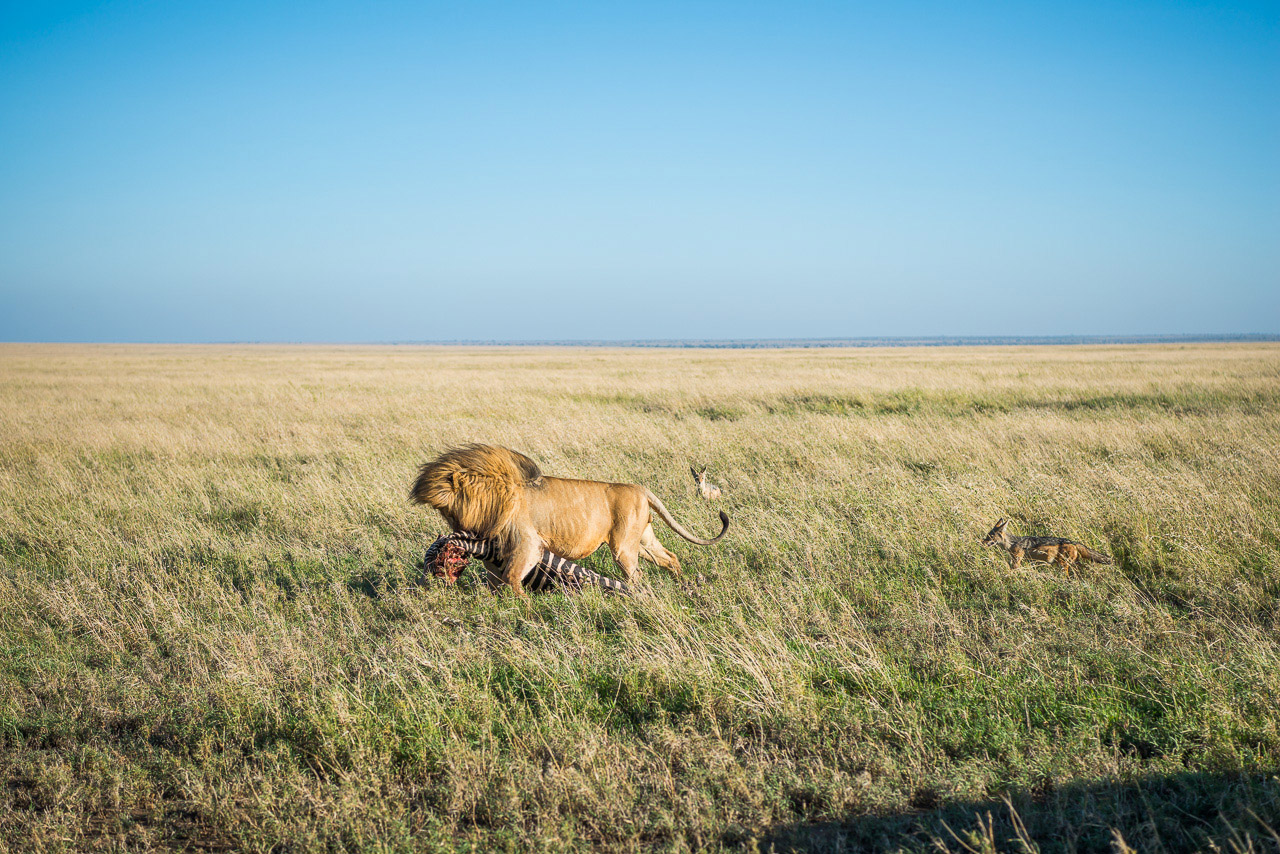
We recall Bernhard Grzimek’s television series and his descriptions of the wildlife paradise that is the Serengeti. The endless grassy plains are deeply impressive and the Serengeti is without doubt one of the most attractive safari destinations in the world.
If you’re in the right place at the right time, it is possible to experience the huge herds of wildebeest (up to two million), with some half-a-million zebra and a couple of hundred thousand Thompson’s gazelle, impala etc… in tow – accompanied by a couple of hungry lion, hyena and cheetah. The spectacle reaches its pinnacle in the north of the Serengeti, when the herds cross the Mara River.
The Serengeti ecosystem includes the actual national park (approx. 15’000 km²) and the bordering protected areas; chief among them is the Maswa Game Reserve in the southwest, the Grumeti and Ikorongo game reserves in the northwest, the Maasai Mara in the north, and Loliondo and the Ngorongoro Conservation Area in the east. The plains in the south comprise for the most part treeless flatlands that stretch out to the horizon. Typically, the plains of the Serengeti are punctuated by tree-covered granite outcrops known as ‘kopjes’, which provide the perfect resting place and observation post for predators. The northern part of the Serengeti is hillier with more vegetation.
The majority of guests travel to the camps that are located in the area where the migrating animals happen to be. If you wish to be alone, then look for a camp where the migration is NOT currently passing through, or combine several camps. There is an abundance of wildlife everywhere, mainly cheetah, hyena, jackal, lion and leopard, which are somewhat more difficult to find. In addition to wildebeest and zebra, there is a good concentration of topi, Grant and Thompson’s gazelle, eland and kudu etc… Elephant and buffalo are also present, but not in great numbers. Rhino also live in the Serengeti, but are naturally very shy creatures and therefore difficult to find.

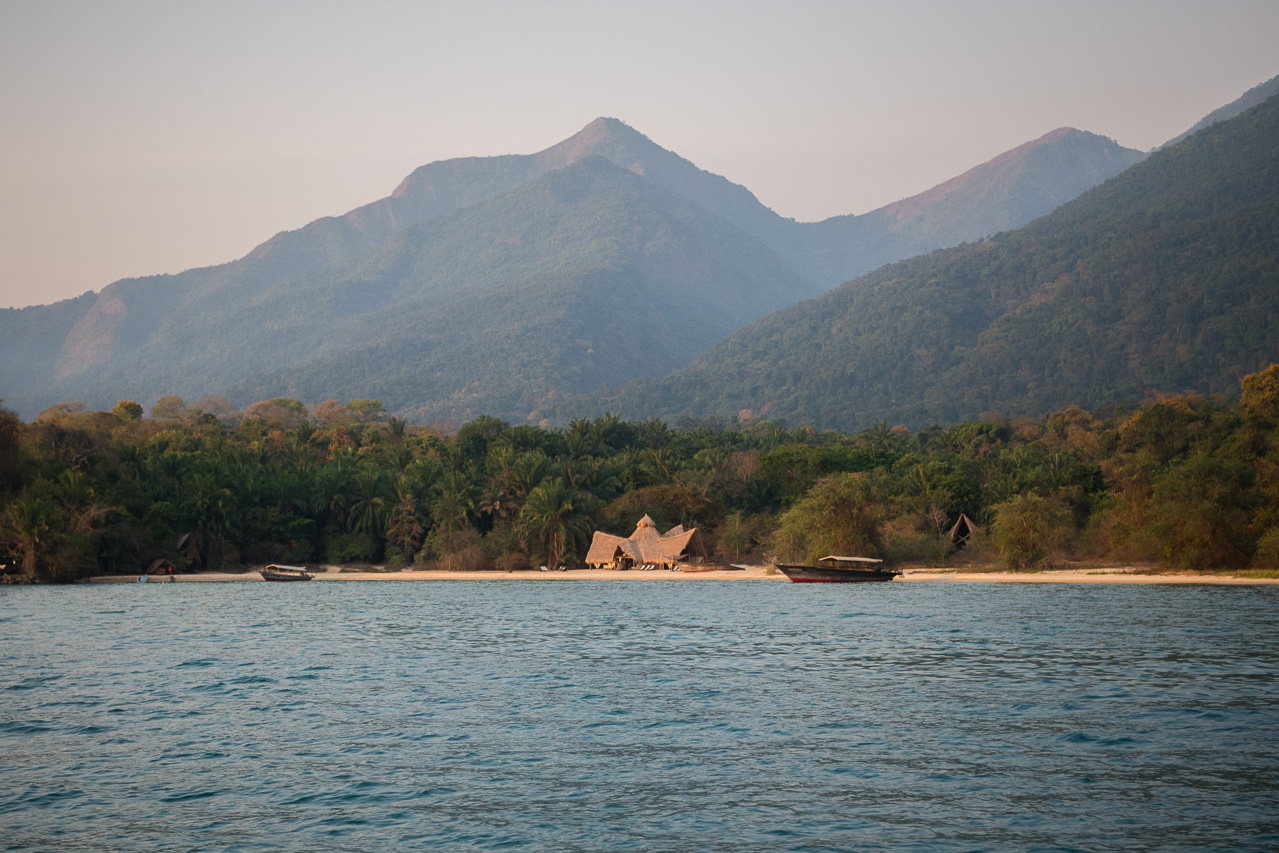
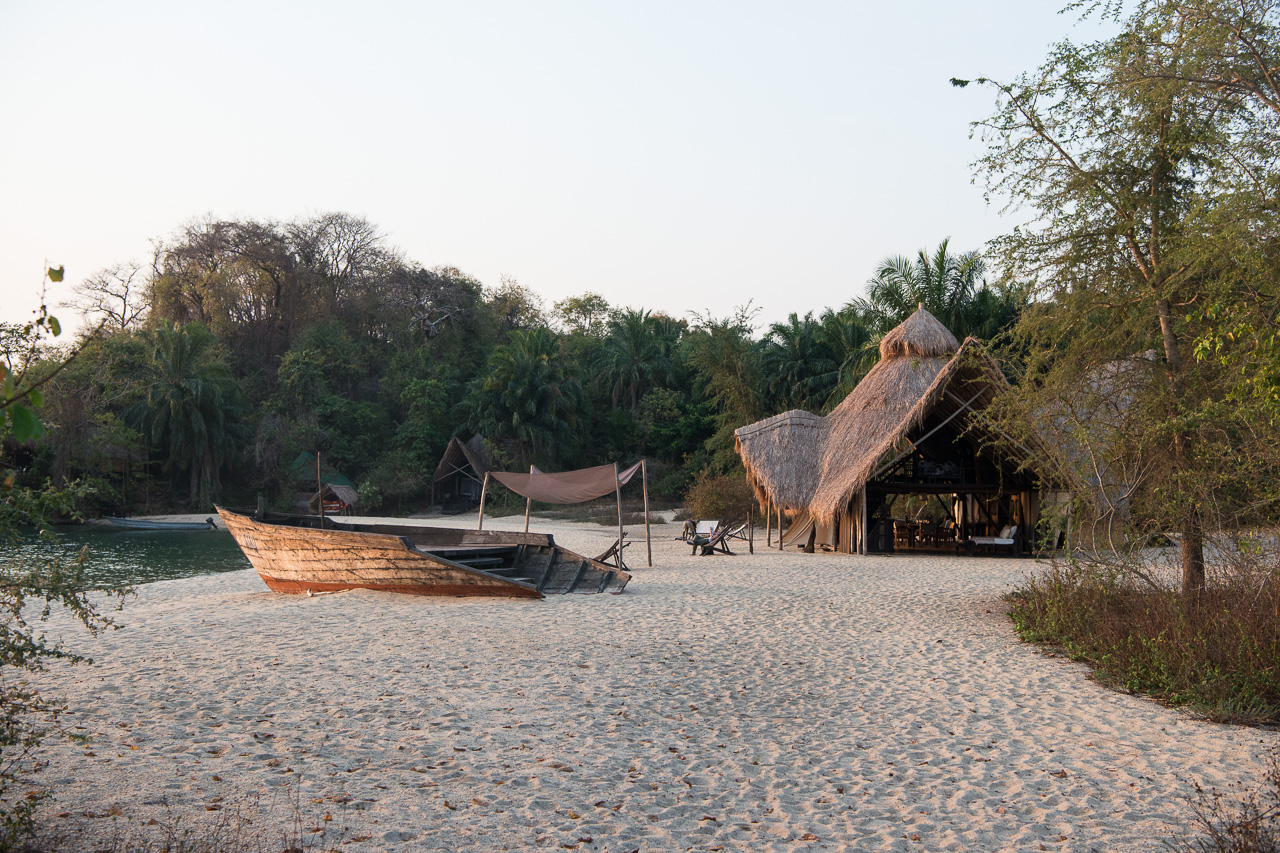
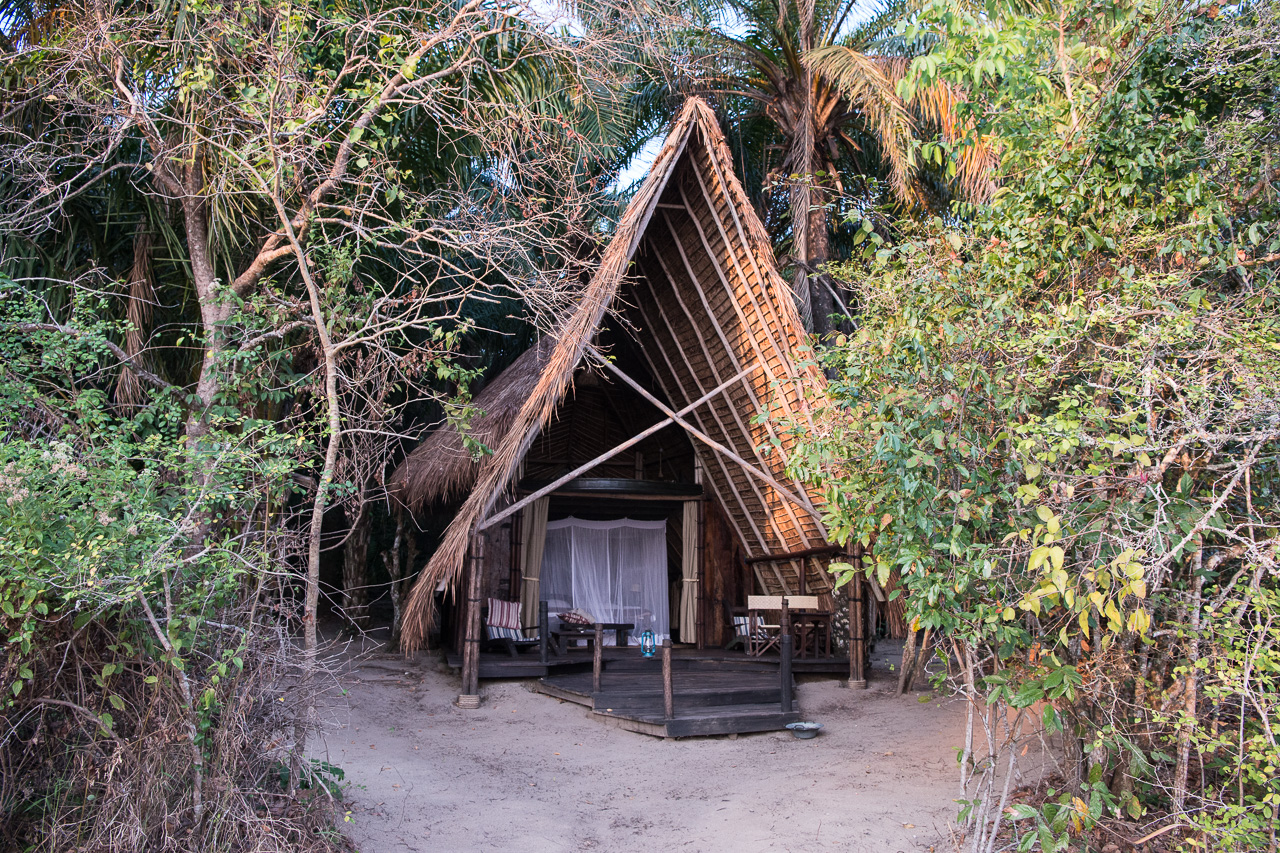
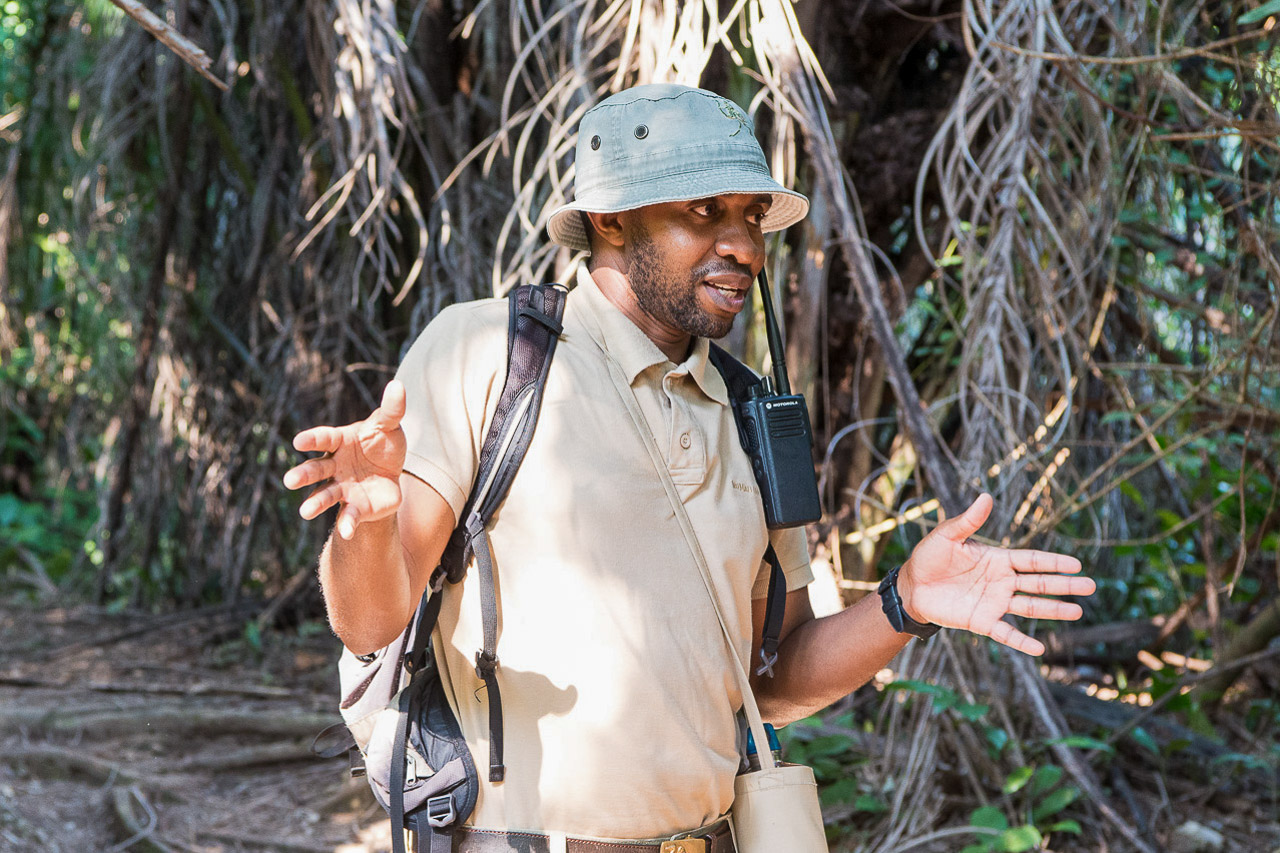
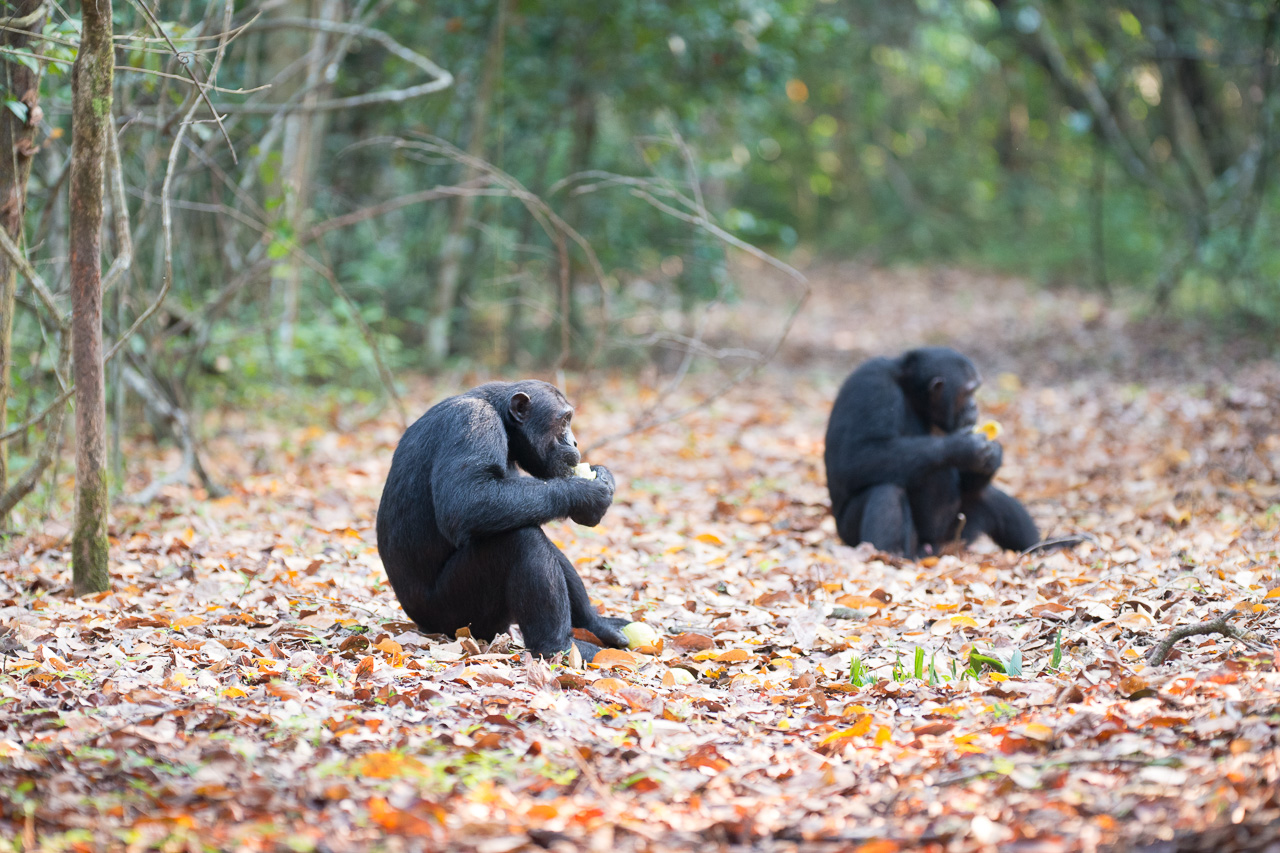
Accommodation Greystoke Mahale is built in an undeniably magnificent location. The tropical woodlands of Mahale Mountains National Park frame the great expanse of water and Kangwena Beach, both of which are literally on the doorstep. All facing the water, six comfortable straw huts with adjoining bathrooms and a viewing platform on the ‘upper' floor sit nestled on the edge of the surrounding forest.
Meals are served either outdoors on the beach or in the romantic dining tent - or, by way of variety, during a dhow trip on the lake.
Mahale is the place to observe chimpanzees in their natural environment and offers the unforgettable experience of meeting these captivating creatures so closely related to human. The camp is accessible by light aircraft on Mondays and Thursdays only. The flight from Arusha takes approx. 3.5 hours and is followed by a further 90-minute transfer by boat on the lake.
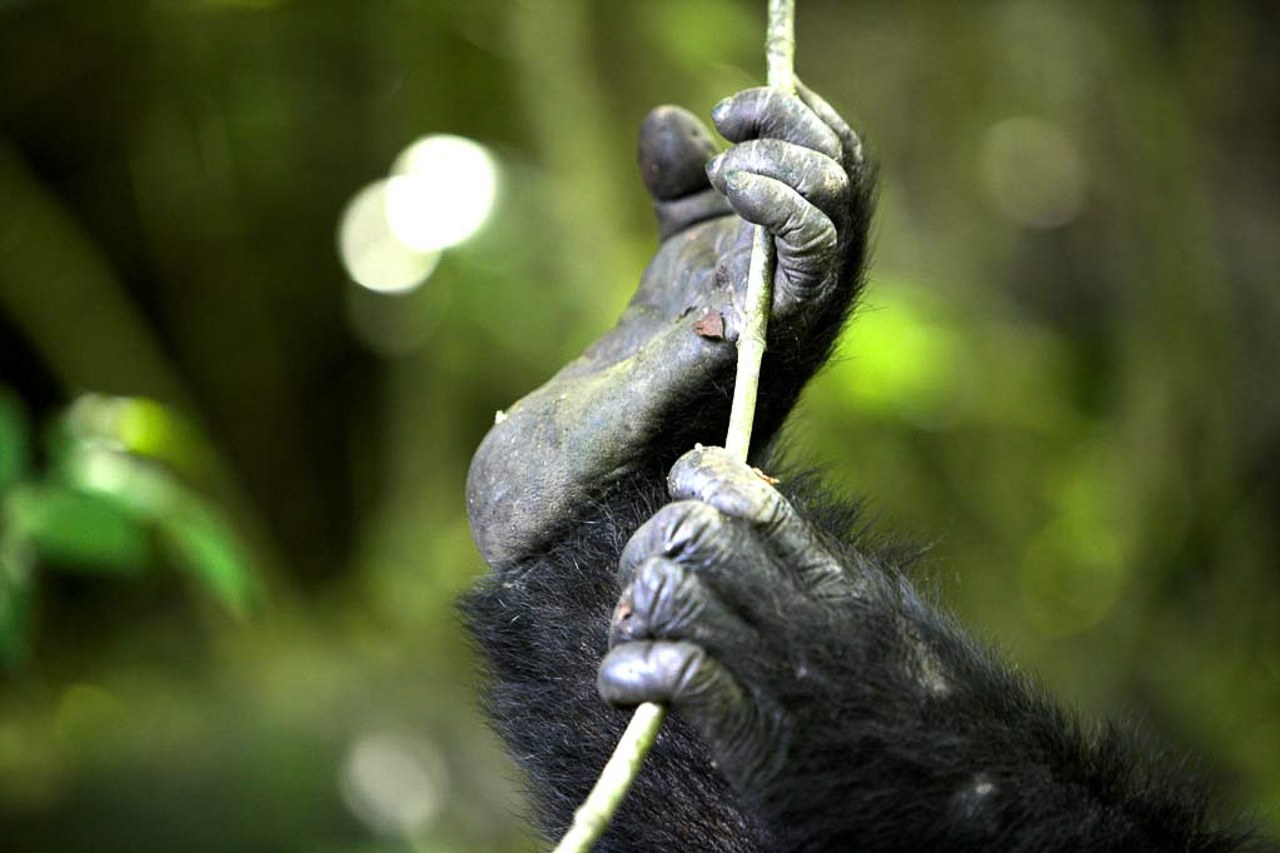
Visitors can go on organised treks to find and observe chimpanzee. These treks are strenuous and can take several hours; they require a certain level of fitness if they are to be enjoyed. It is less difficult during the dry season (Aug – Oct), when the paths are easier to walk. When rain falls, they become slippery, making the trek more demanding. The park is considered to be one of the most beautiful in Africa, with fine sandy beaches, which give way to tropical jungle and steep mountain cliffs.
Meeting chimpanzee in the wild is an unforgettable experience – and an expensive one. There are few flights to these parts, and the flight time is around four hours with a stop in Tabora. But it is worth it – the remoteness and beauty of the sandy beaches in front of the steep forested cliffs of the surrounding mountains is a source of endless fascination for the few that visit the park.
Lake Tanganyika is the second largest lake in Africa after Lake Victoria, and at 1470 m it is the second deepest and one of the most bio diverse lakes in the world. The lake supports a large number of fish species, 95% of which are endemic, which means they can only be found in Lake Tanganyika.
Transport on the lake is carried out by MS Liemba. The ship was built in Hamburg and laboriously transported in individual parts to German East Africa, where it was assembled shortly before the outbreak of the First World War. At that time, MS Liemba sailed on the lake as MS Goetzen, but was scuttled by the retreating German troops. Both the Belgians and the British raised the boat, and attempted to get her running again – MS Liemba somehow survived all of this and, after numerous overhauls, still sails on the lake today.

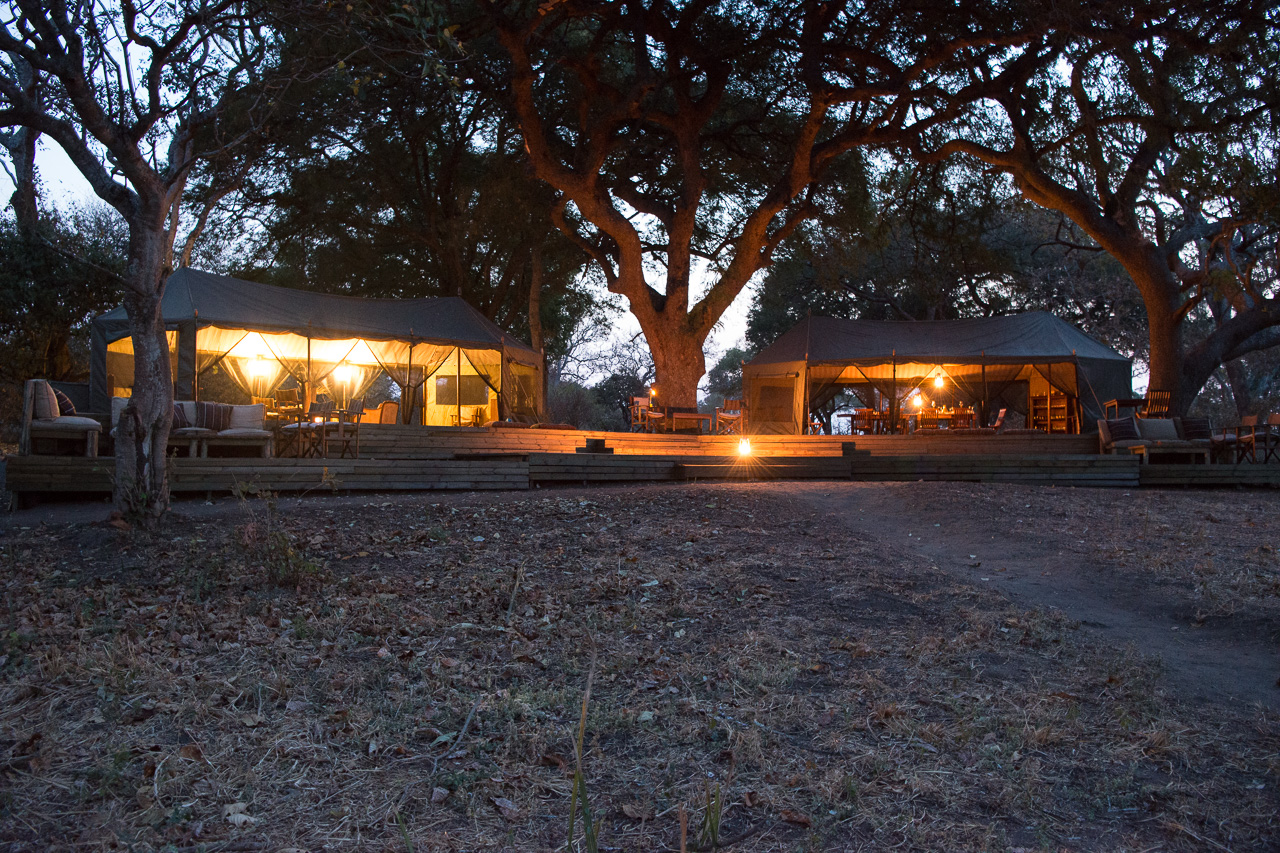
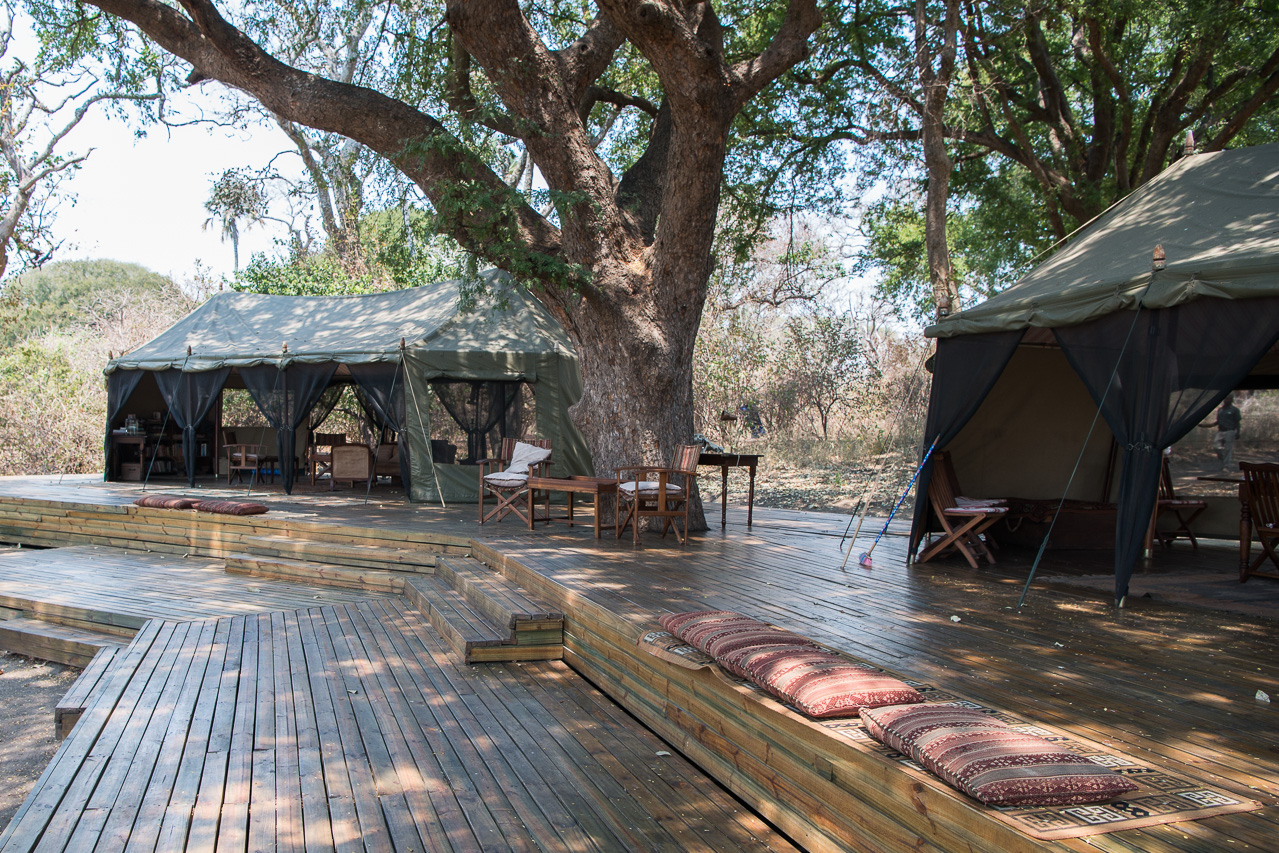
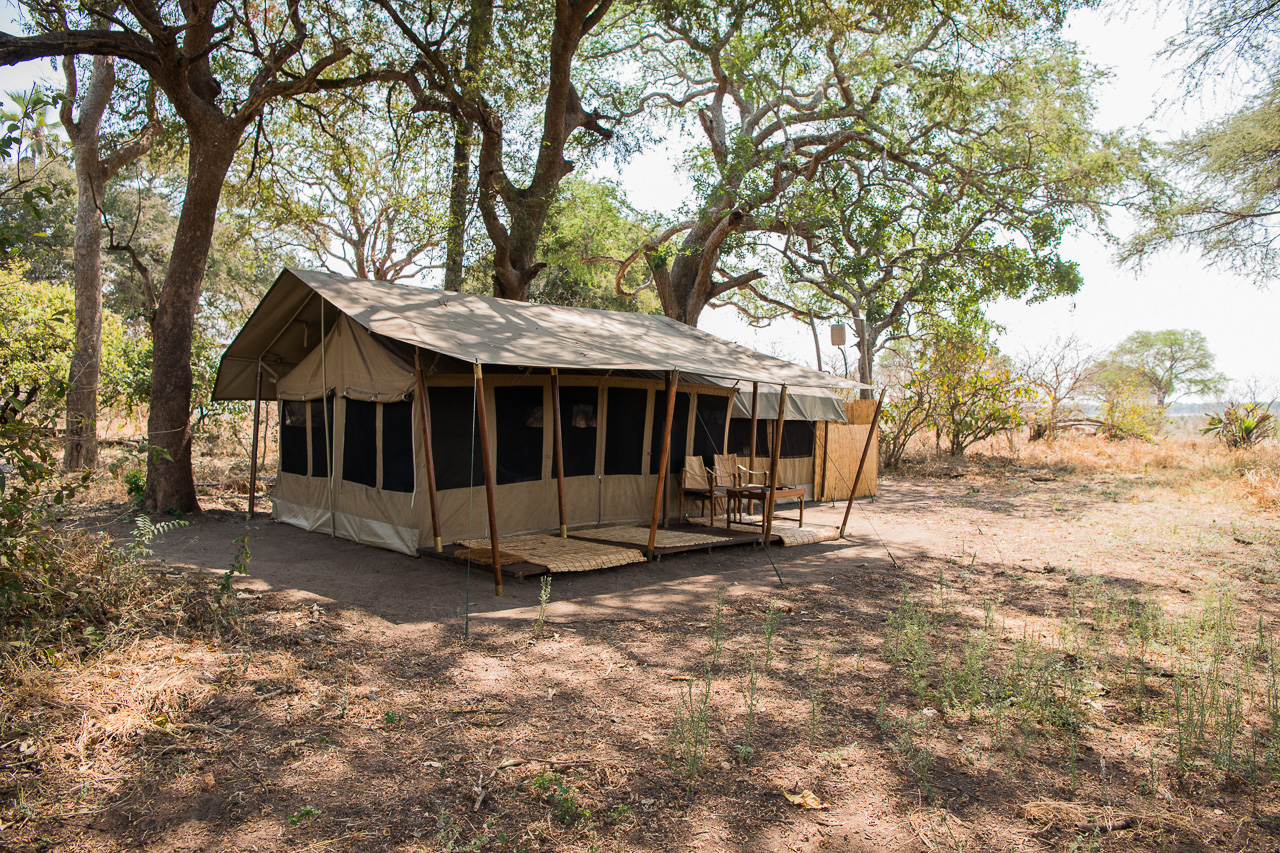
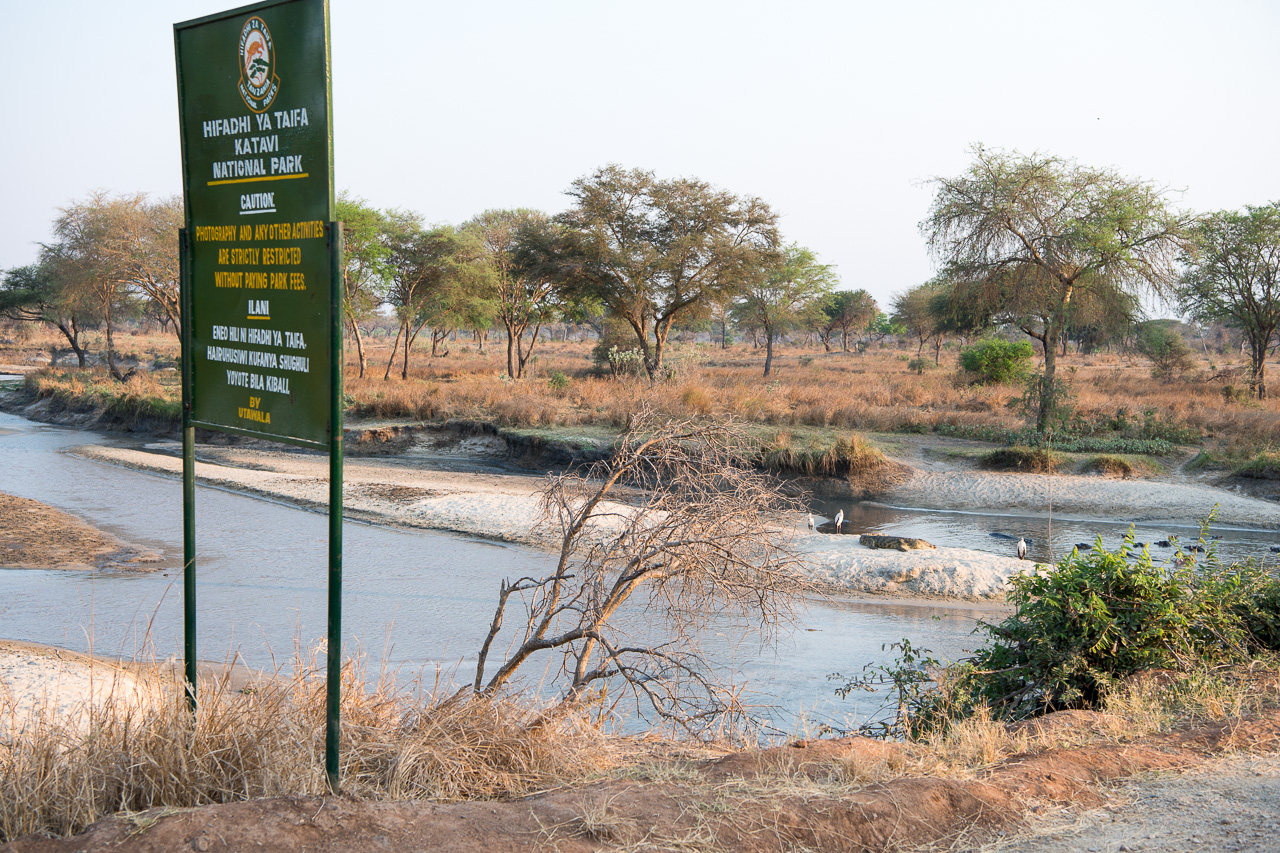
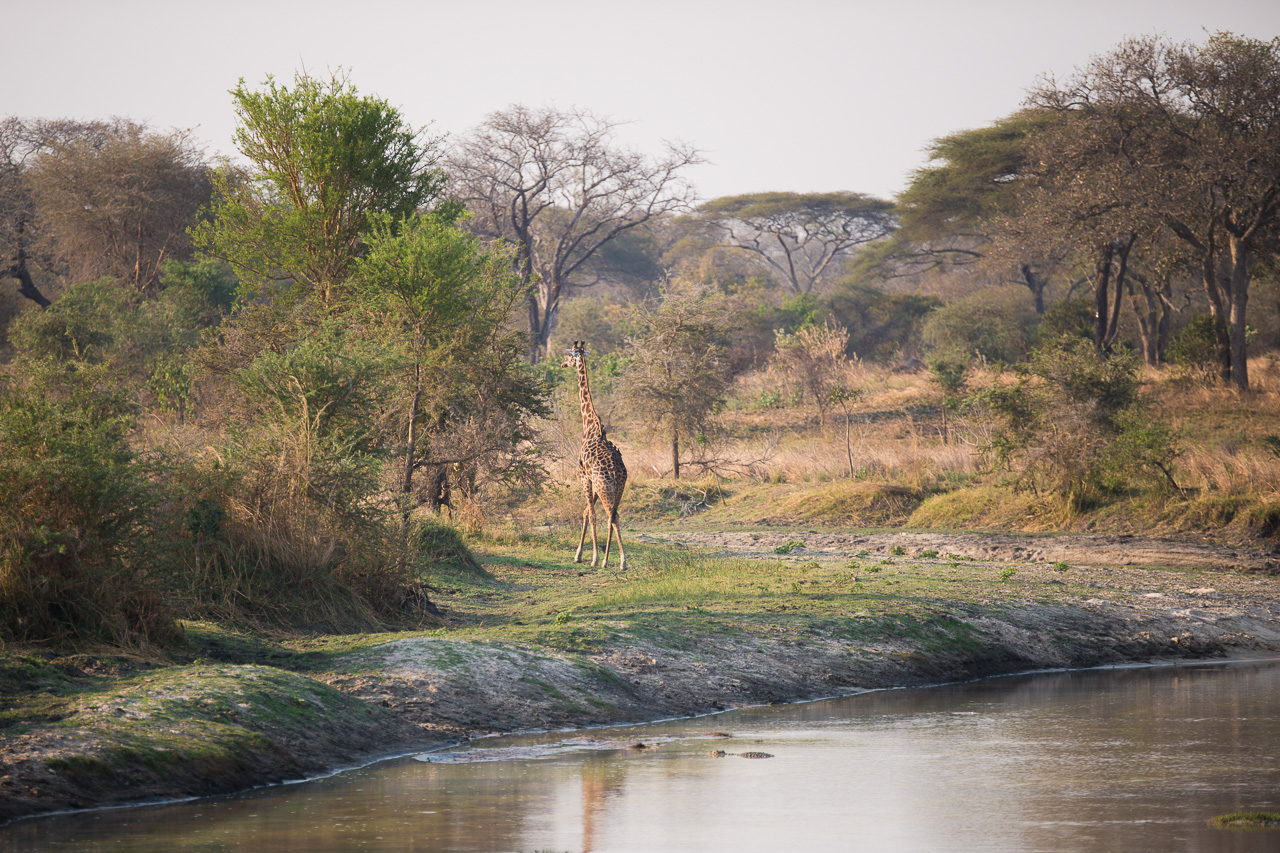
Accommodation Chada Katavi is a small camp with just six traditional East African safari tents. All are relatively spacious, romantic and equipped with large windows, which allow the light and African atmosphere to flood in. The bathroom and ‘bucket shower' are located in a smaller, adjoining tent. The main building comprises a lounge, bar, library and a nicely furnished tent where meals are served.
The warm and inviting blazing campfire casts its dancing shadows into the eternal darkness of night as tales of Africa are told.
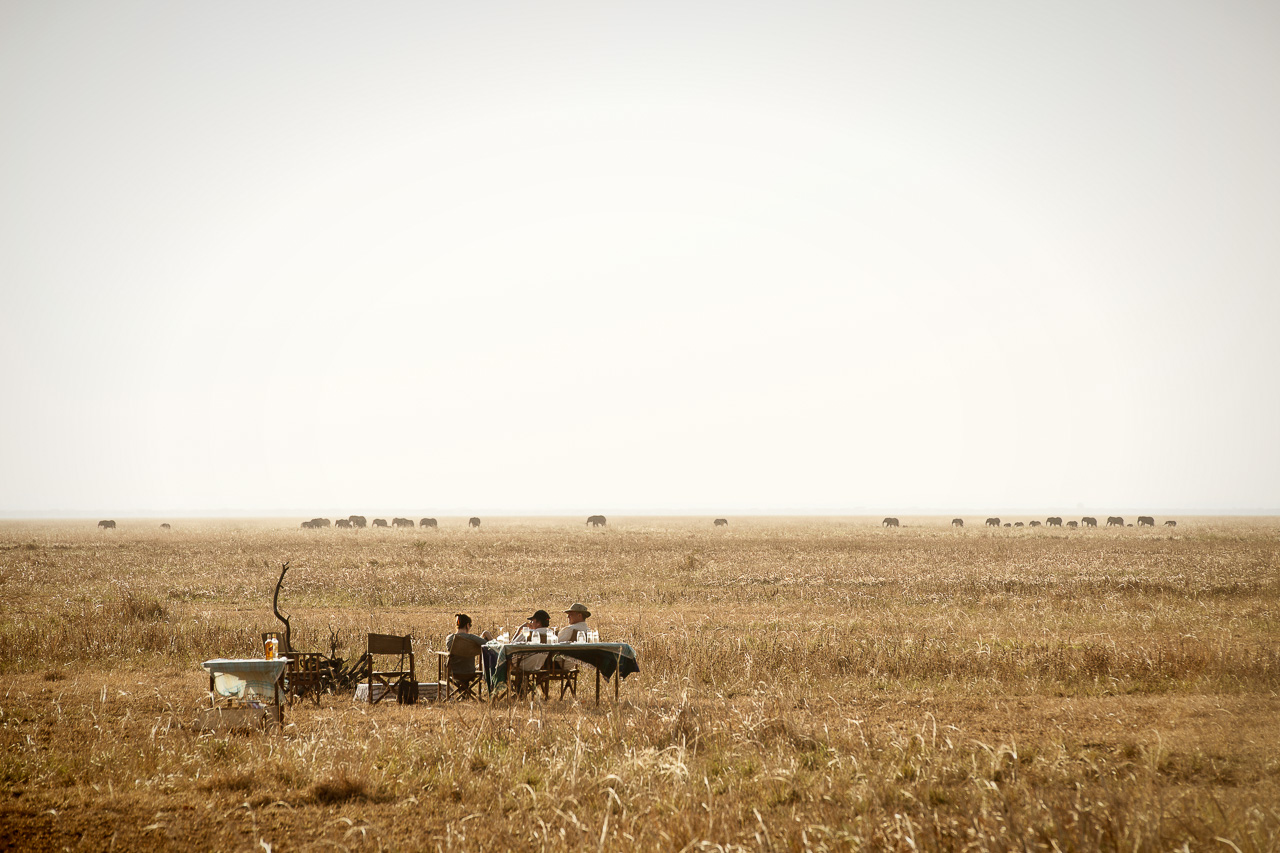
Wildlife gathers during the dry season (from June to October) at the Katuma and Kapapa rivers, offering visitors a chance to see large herds of elephant and buffalo, as well as zebra and other antelope. The rivers and the seasonal Lake Katavi and Lake Chada become a paradise for birds during the wet season, as do the 425-km² Katisunga flood plains. Water trickles away during the dry season, leaving crocodile and hippo rubbing shoulders in the little that remains. Fights among hippo then become a daily occurrence.
Katavi is currently home to very few camps and guests have access to 4’471 km² wilderness. However, as Katai is a National Park, the guides are not allowed to leave the roads and the road network in the park is quite limited. If you are lucky, you may see one of the huge buffalo herds. The park supports elephant, leopard, cheetah, hyena and wild dog. Zebra, impala, topi, eland, giraffe, waterbuck and bushbuck also reside in the park, as does the less common roan and sable antelope.

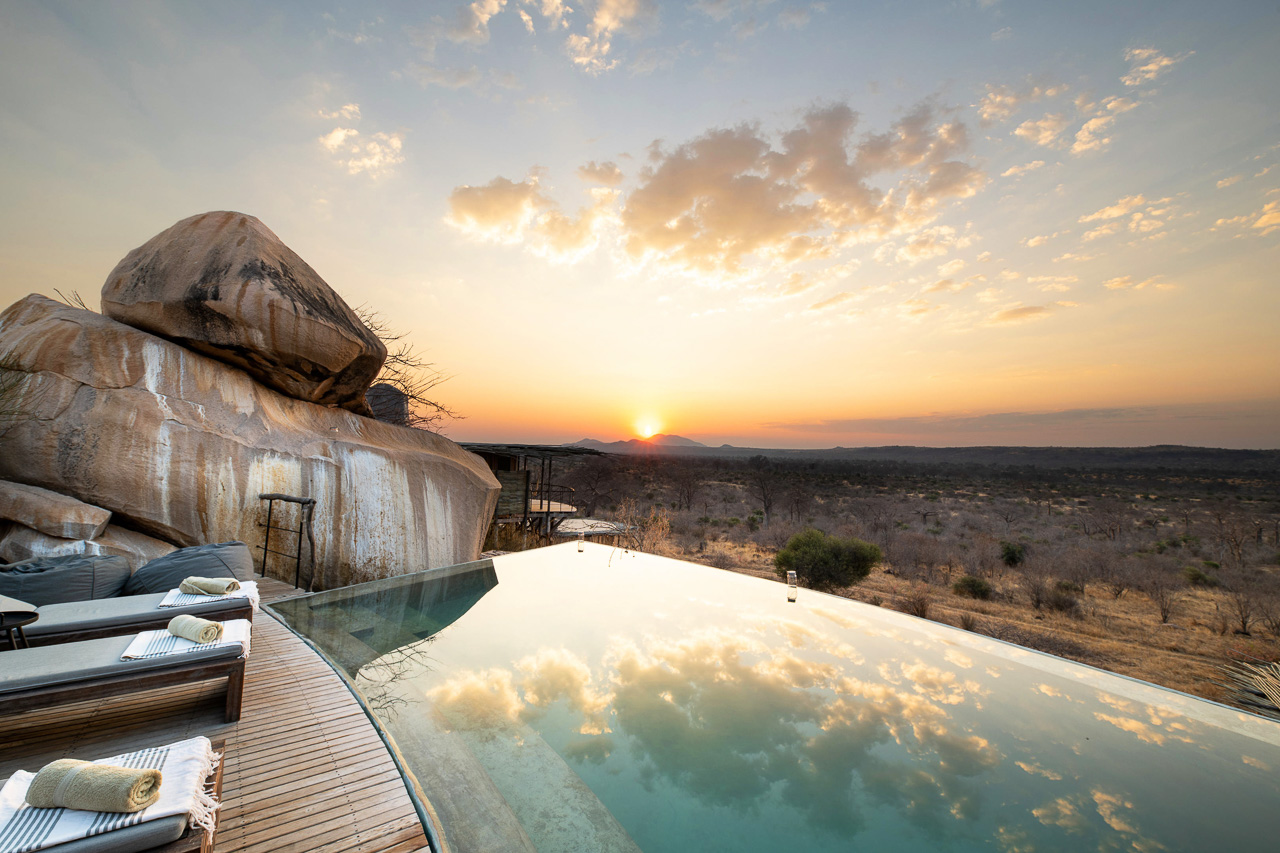
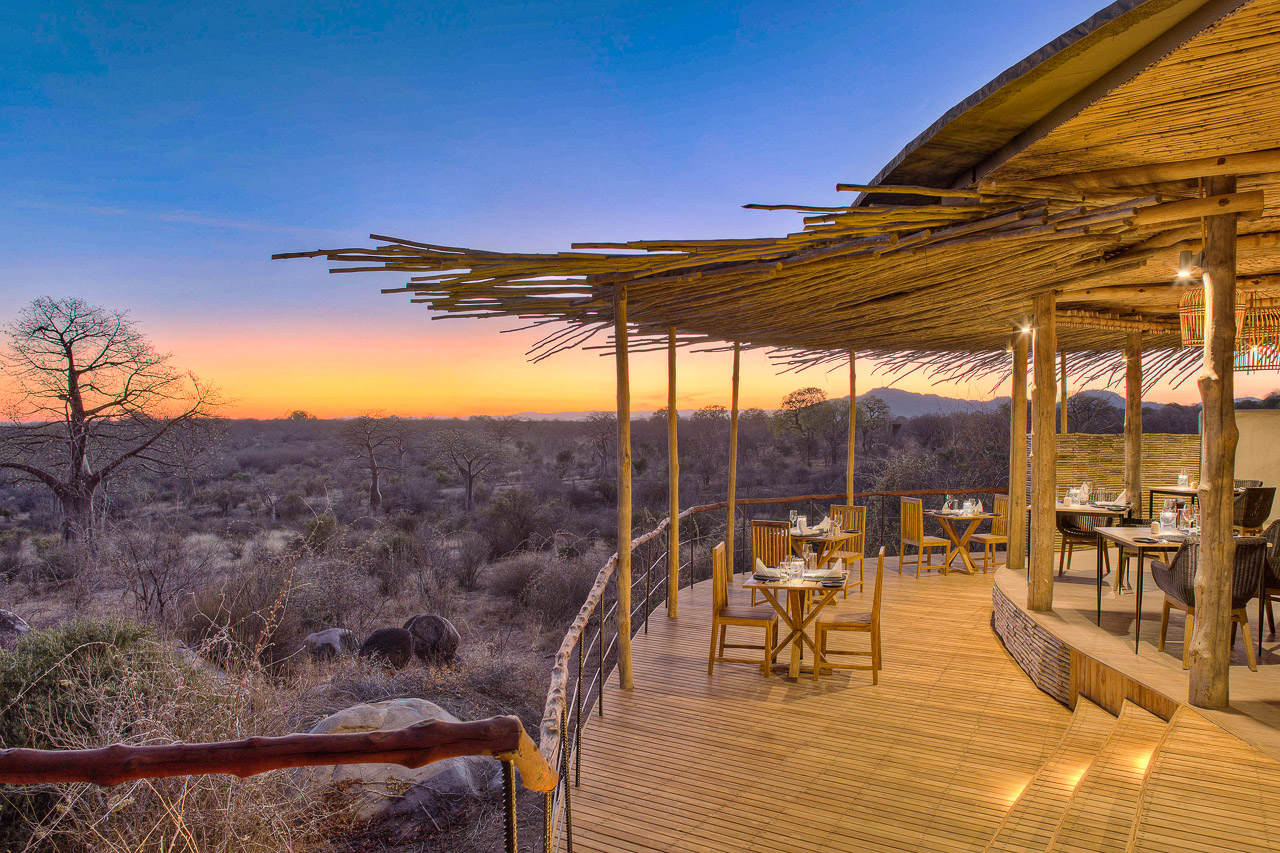
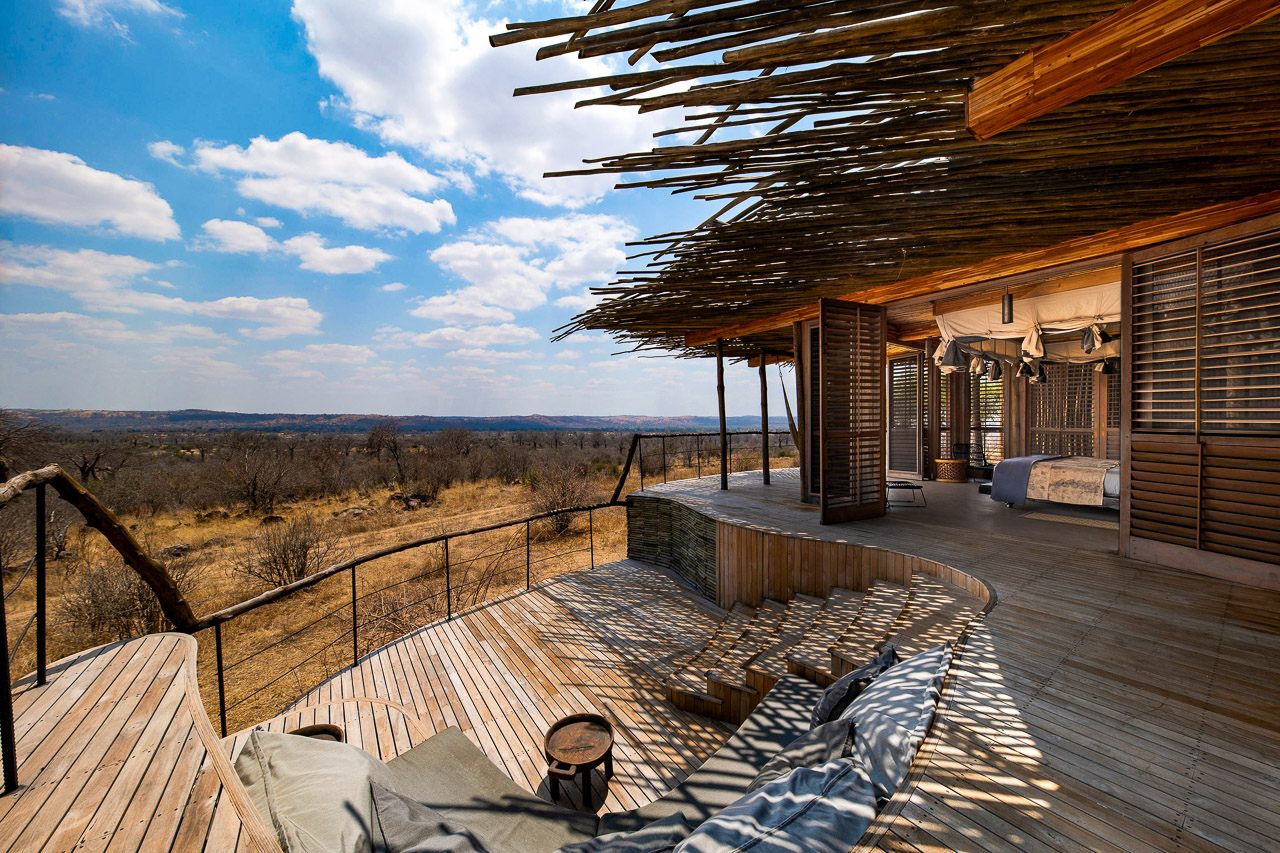
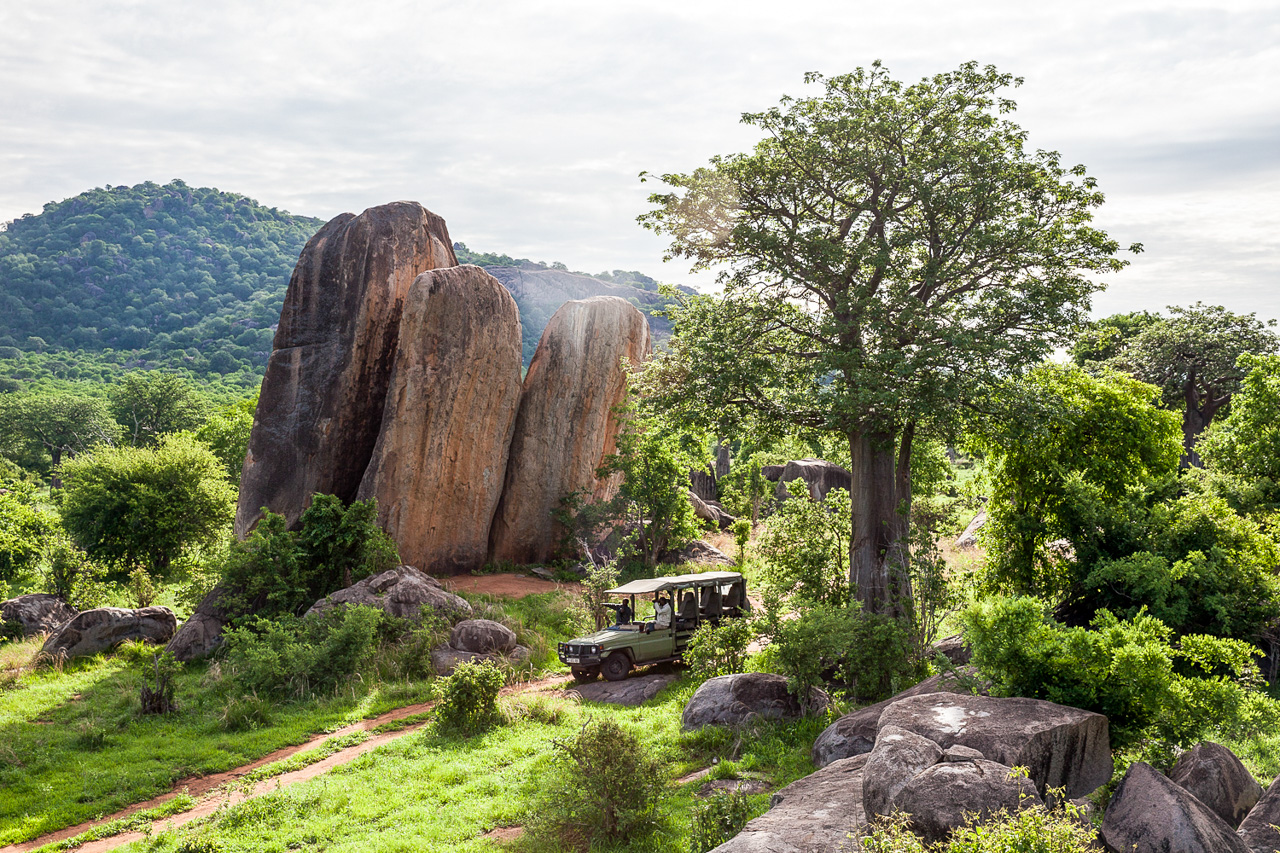
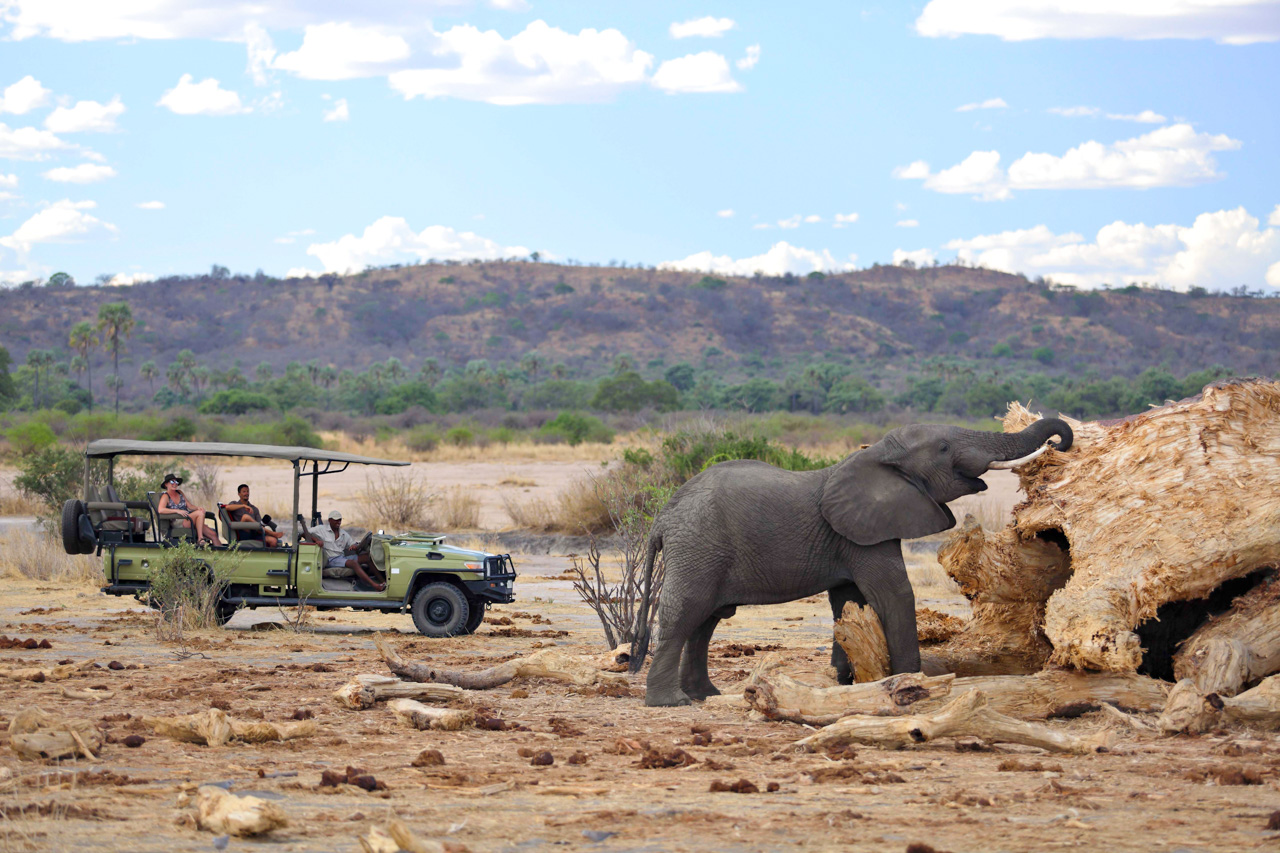
Accommodation
Set high on a rocky kopje overlooking a landscape dotted with spiky palms and bulbous baobabs, Jabali Ridge is a sophisticated base from which to explore Ruaha National Park. Jabali Ridge’s 8 suites are hidden amongst the rocky boulders that cocoon the property. With views over Ruaha from every corner of the room, the guest suites are designed to maximise the stunning landscape beyond. Be it from the bed, the desk or the bathroom, every space is a viewpoint and open to nature. An infinity pool, spa and plenty of places to laze ensure that time off is as memorable as time out in the bush.
About 200 metres from the main camp sits the private Jabali House It is booked for families or a group of friends and comes with its own service team and private guide/vehicle.
The park is accessed via air from Arusha or Dar Es Salaam and can be seamlessly combined with a visit to Nyerere National Park. The flight to Nyerere National Park takes approx. 1 hr 30 mins; the flight to Dar Es Salaam or Arusha, including all stops en-route, takes approx. 2.5 hrs.
The drive from Msembe Airstrip to camp takes approximately 50 minutes. Jabali Ridge is situated close to Mwagusi River in the eastern part of Ruaha National Park.
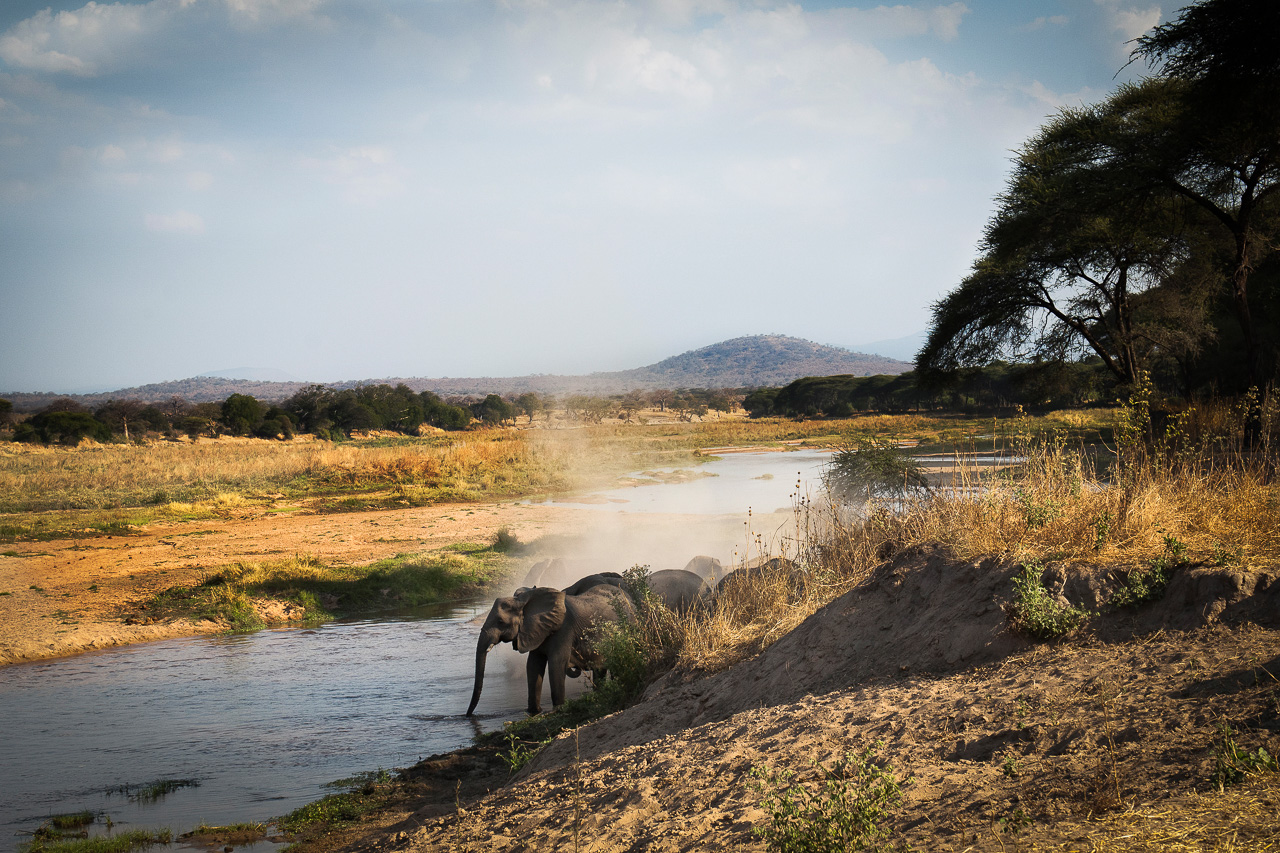
The park expanded in 2008 to include the Usanga Wetlands, and in addition to its 40% miombo forest, also boasts open savannahs, beautiful baobab, acacia and palm forests, as well as several springs, marshes and seasonal flood plains. The park borders on the Mzumbe River to the north and the Great Ruaha River to the south. The Usungu Game Reserve and three further reserves surround the park almost entirely.
Most of the camps are situated at a height of between 800 – 1000 m above sea level, the highest point in the park, however, is a respectable 1868 m. A 50 – 100 m high escarpment is a reminder that the Ruaha National Park is part of the Great Rift Valley. Most camps offer game drives in open 4x4 vehicles and bush walking.
The good camps are located in the park itself, most of them in the eastern part where there is more open flatland and game viewing is usually easier. The western part of the park is heavily forested and home to the tsetse fly, which can sometimes be a problem, but it is quieter here because the main entrance and the rangers’ headquarters are situated in the eastern part.
Ruaha is easy to combine with a visit to the Nyerere National Park, which is a one hours’ flight away; Dar es Salaam is a two hours’ flight away. Guests can fly the big loop from Ruaha and visit Katavi as their next stop. Best time to travel is from June to October.

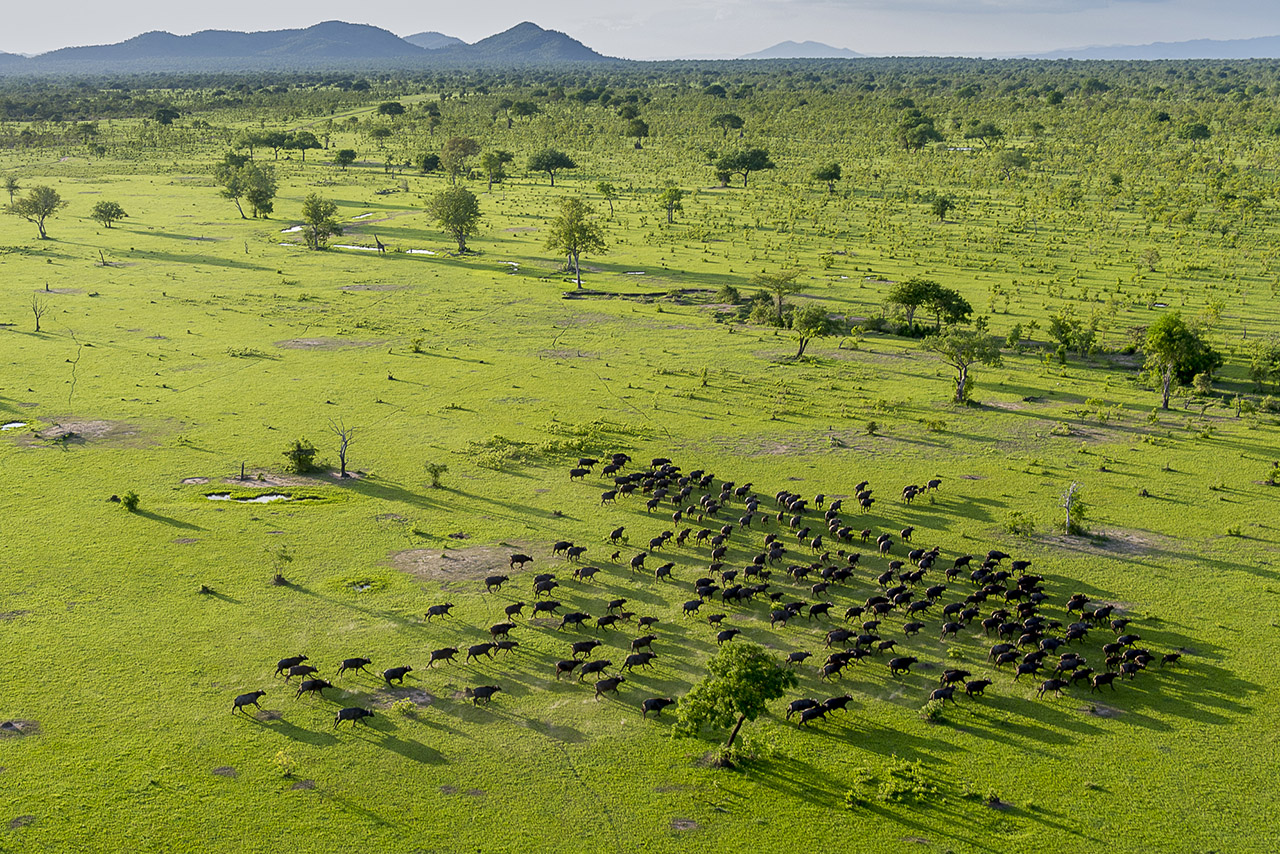
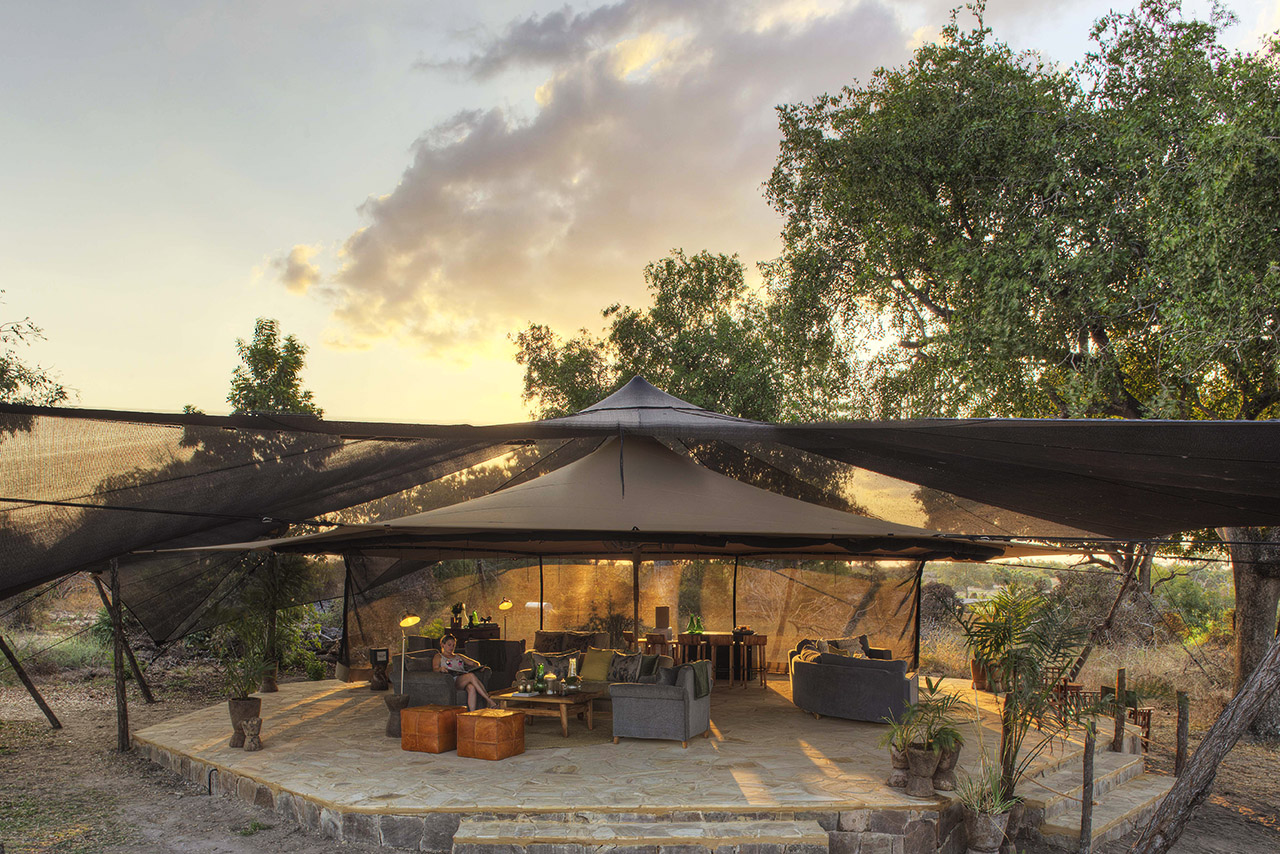

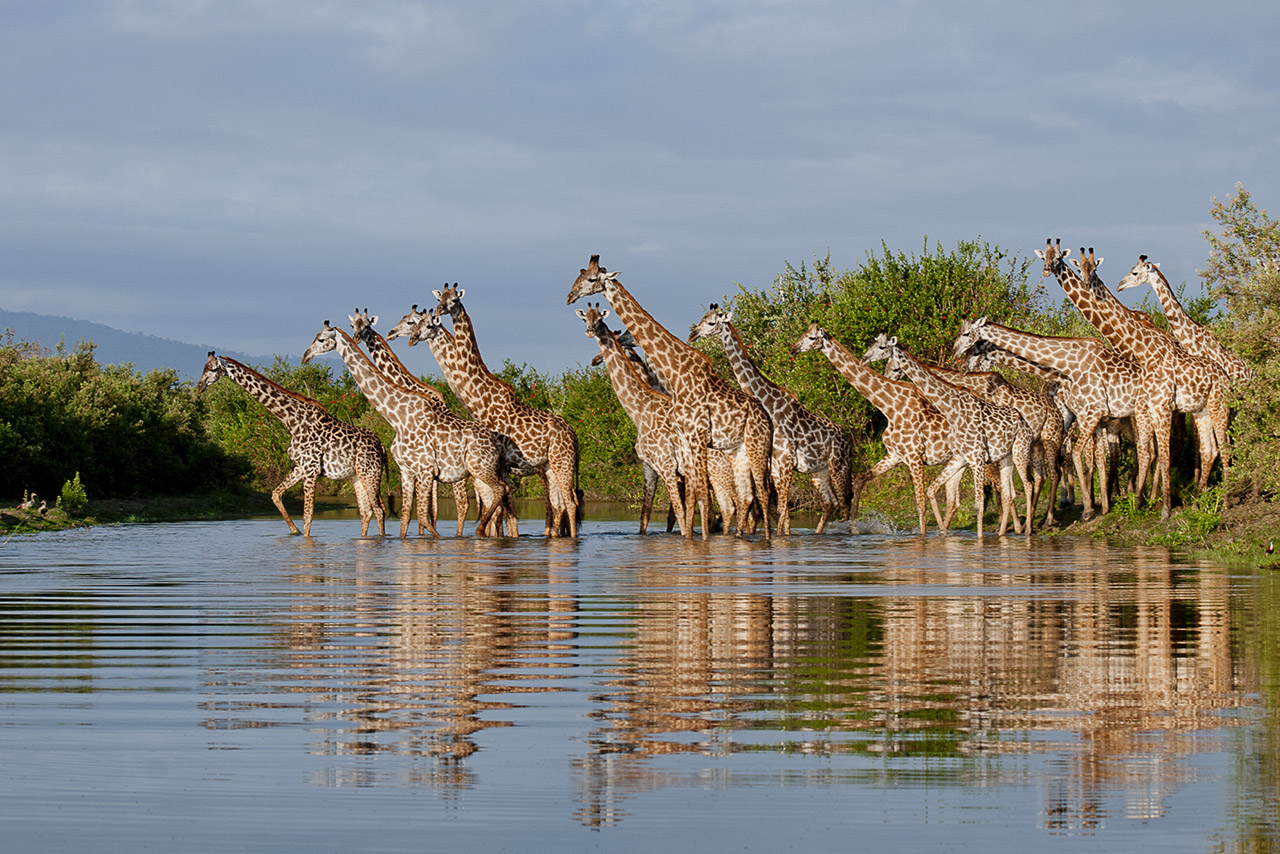
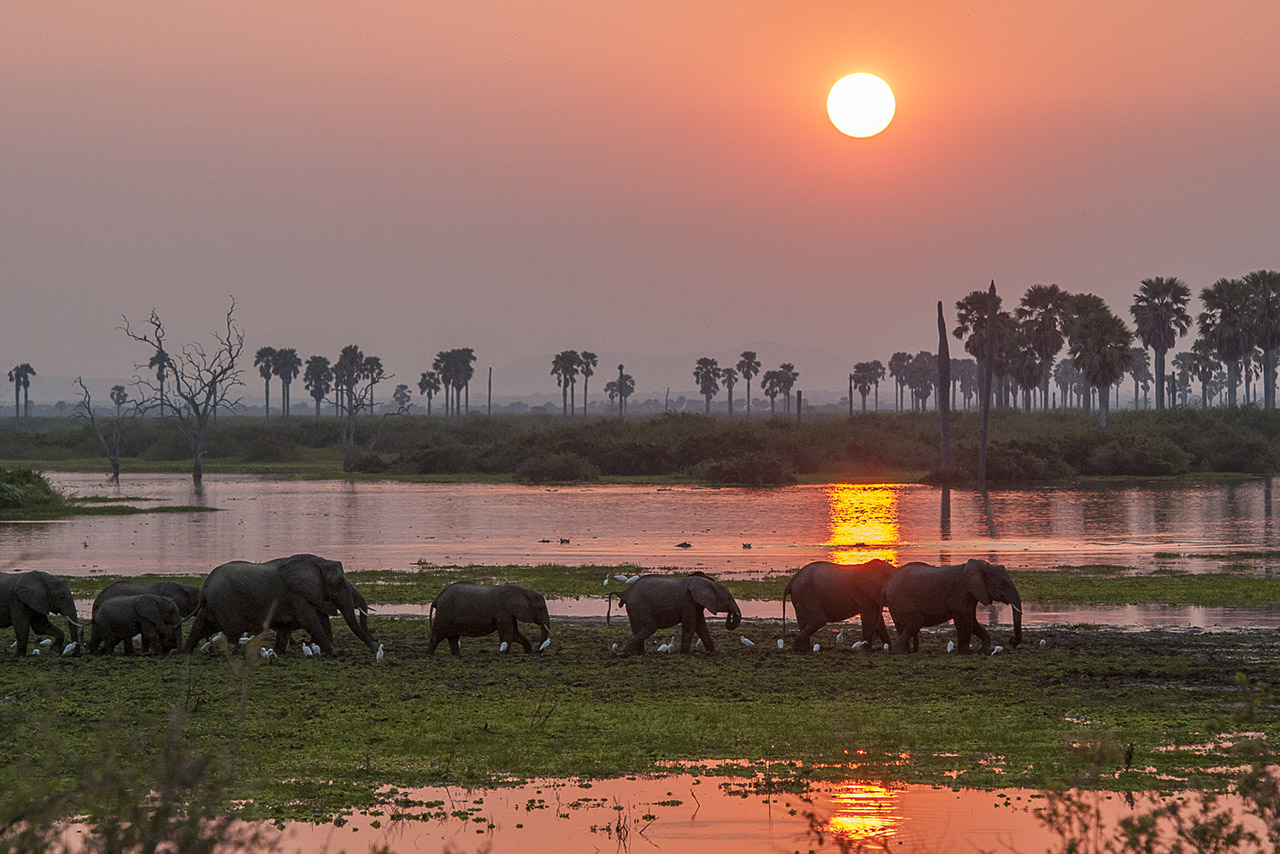
Accommodation Roho ya Selous lies in the very heart of Nyerere National Park. Set on a hill overlooking the water, Roho ya Selous sits close to a key waterway which links Lake Manze to Lake Nzerakera. Tucked away into the trees, each of the eight tents are set far apart to maximise privacy. They are stylish and spacious, measuring an impressive 60m² inside. Thoughtful details include an evening breeze cooling system over the bed to allow you to sleep peacefully even during the hotter months, and a beautiful wall hanging separating the en-suite bathroom, complete with indoor and outdoor shower. The tents are raised slightly on a stone base and are covered with a sun sail, extending over a veranda that offers a shady spot to unwind during the heat of the day. One of the rooms is a family tent, which also includes a children‘s room with its own bathroom.
The main area includes an open-sided mess tents under stretched canvas, a lounge / bar tent, an open fireplace and a swimming pool.
The park comprises 75% miombo woodland, but most noticeable are the many wonderful palms, particularly the borassus and doum palms, as well as the many candelabra trees (euphorbia candelabrum).
Nyerere National Park is accessed by light aircraft from Dar Es Salaam and can be seamlessly combined with a trip to Ruaha National Park. The flight to Ruaha National Park takes approx. 1 hr 30 minutes; the flight to Dar Es Salaam takes approx. 35 minutes. Approximately a 90-minute drive to camp.
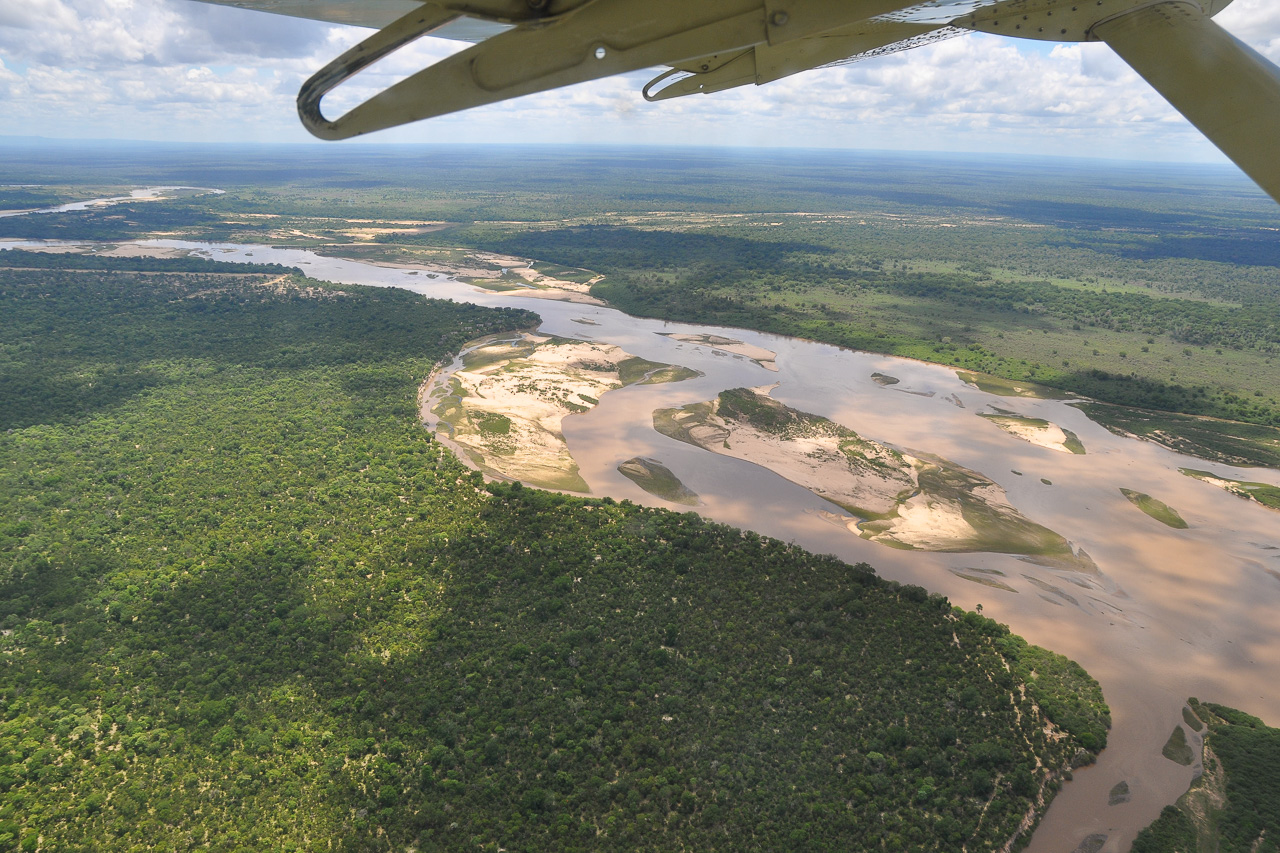
At 600 km long, the Rufiji River is the longest river in East Africa and source of the park’s lifeblood. The branched river system includes five large lagoons, which are (from west to east) Lake Tagalala, Lake Manze, Lake Nzerakera, Lake Siwandu and Lake Mzizimia.
The park comprises 75% mixed miombo forest, but also supports a striking number of beautiful palms, including the borassus and doum palms, and many candelabra trees (Euphorbia candelabrum). The Rufiji River is the park’s lifeblood: the river system, the marshes, canals and lagoons attract all kinds of animals, including crocodile, hippo, buffalo, elephant, lion and antelope. Hyena, leopard and wild dog can also be seen here.
The park has its former name from the British big game hunter Frederick Courtney Selous, who was killed on the banks of the Beho Beho River on January 4, 1917 during a skirmish with German troops under General Paul von Lettow-Vorbeck. It is possible to visit his grave, which is located close to the Beho Beho Camp.
The new name was chosen in honor of Tanzania's founder and first president, Mwalimu Julius Kambarage Nyerere. Nyerere led the nation through independence and remained president of the young republic until 1985. He is revered as the father of the nation.
The park is home to several beautiful lodges, where in addition to game drives, guests can also enjoy boat trips and bush walking. Boat trips take place on the lakes or canals, or as at Sands Rivers Camp, on the main river itself. Distances within the park are immense and the roads very bumpy, but the scenery is stunning. The park is situated some 500 m above sea level and gets very hot between November and February. During this time of the year occasionals rain storms will occur, mostly in the afternoons. Best time of travel is from June to October.
Nyerere National Park is easy to combine with a trip to Ruaha National Park, which is a one hours’ flight away – as is Dar es Salaam.

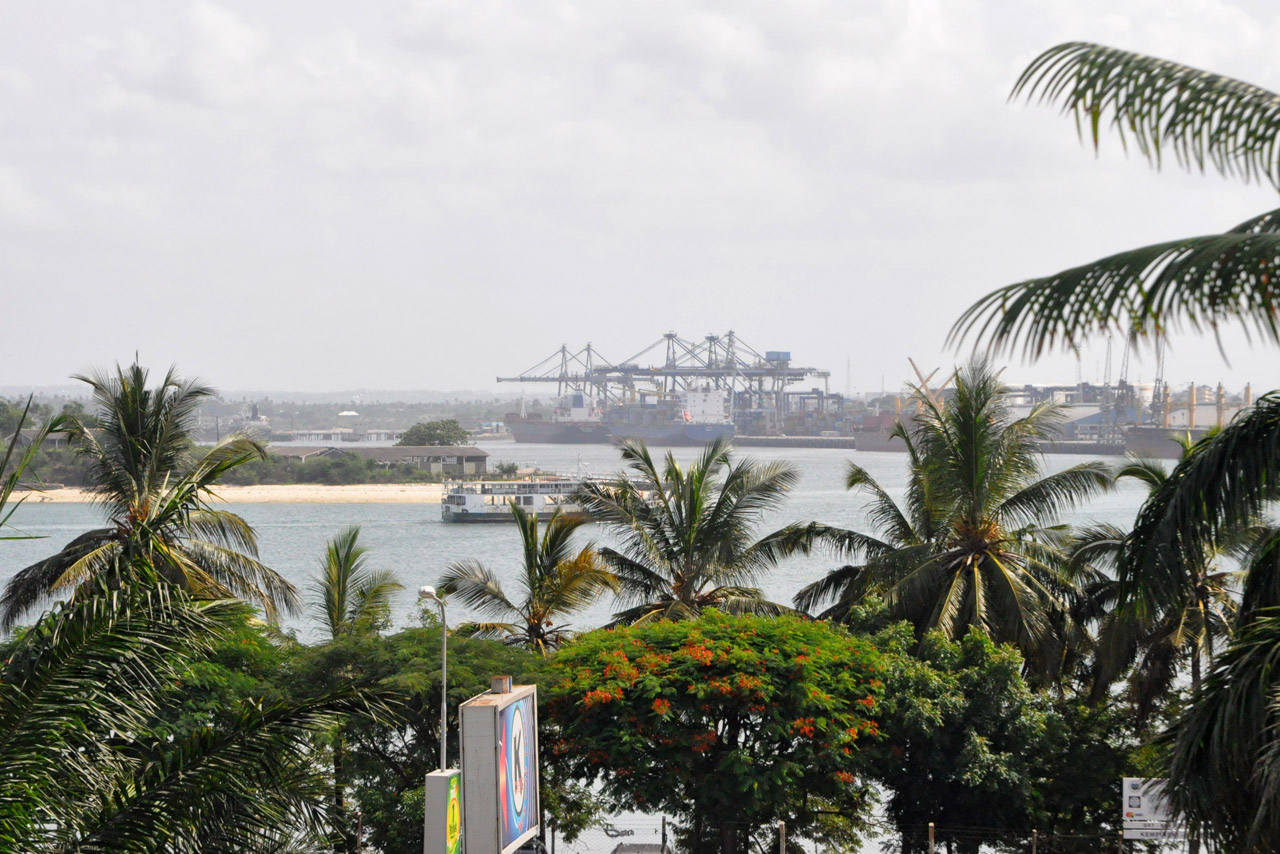
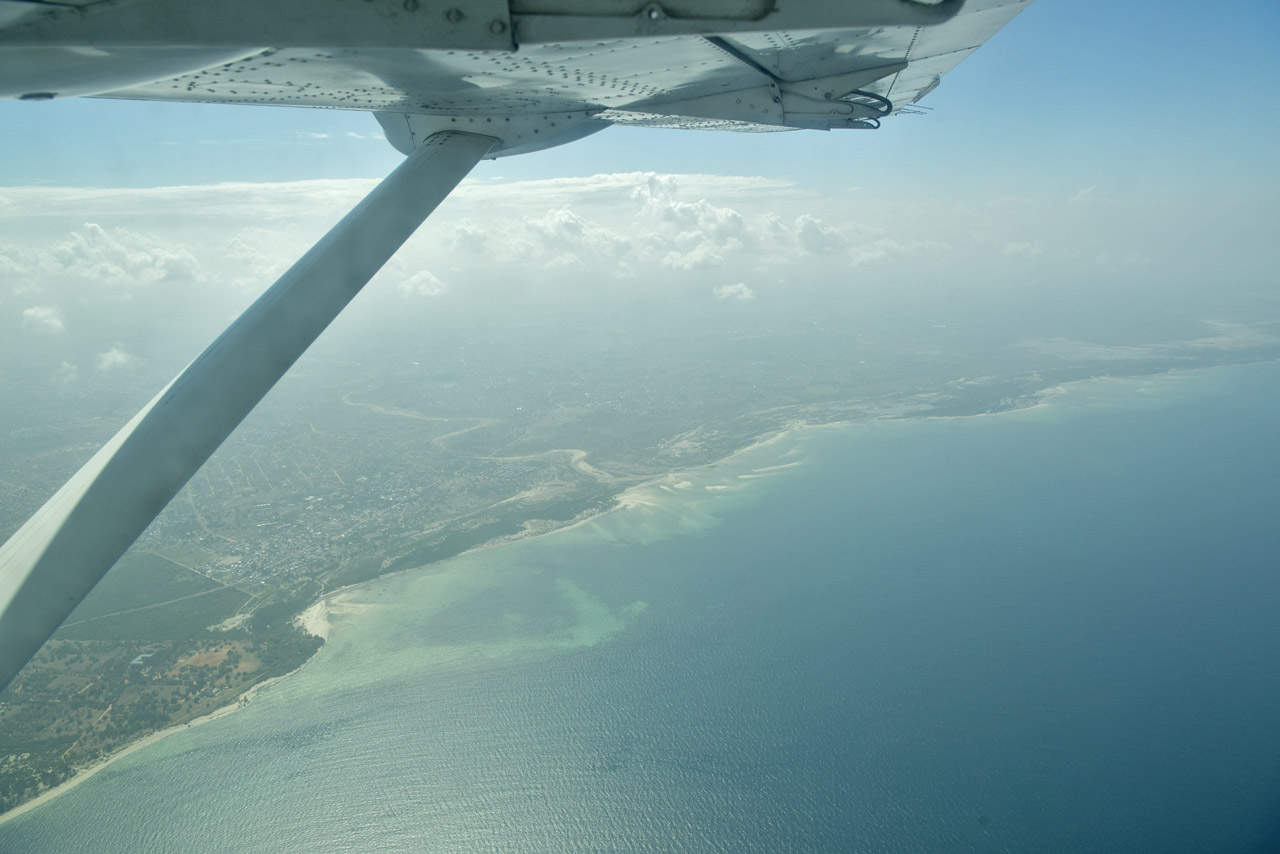
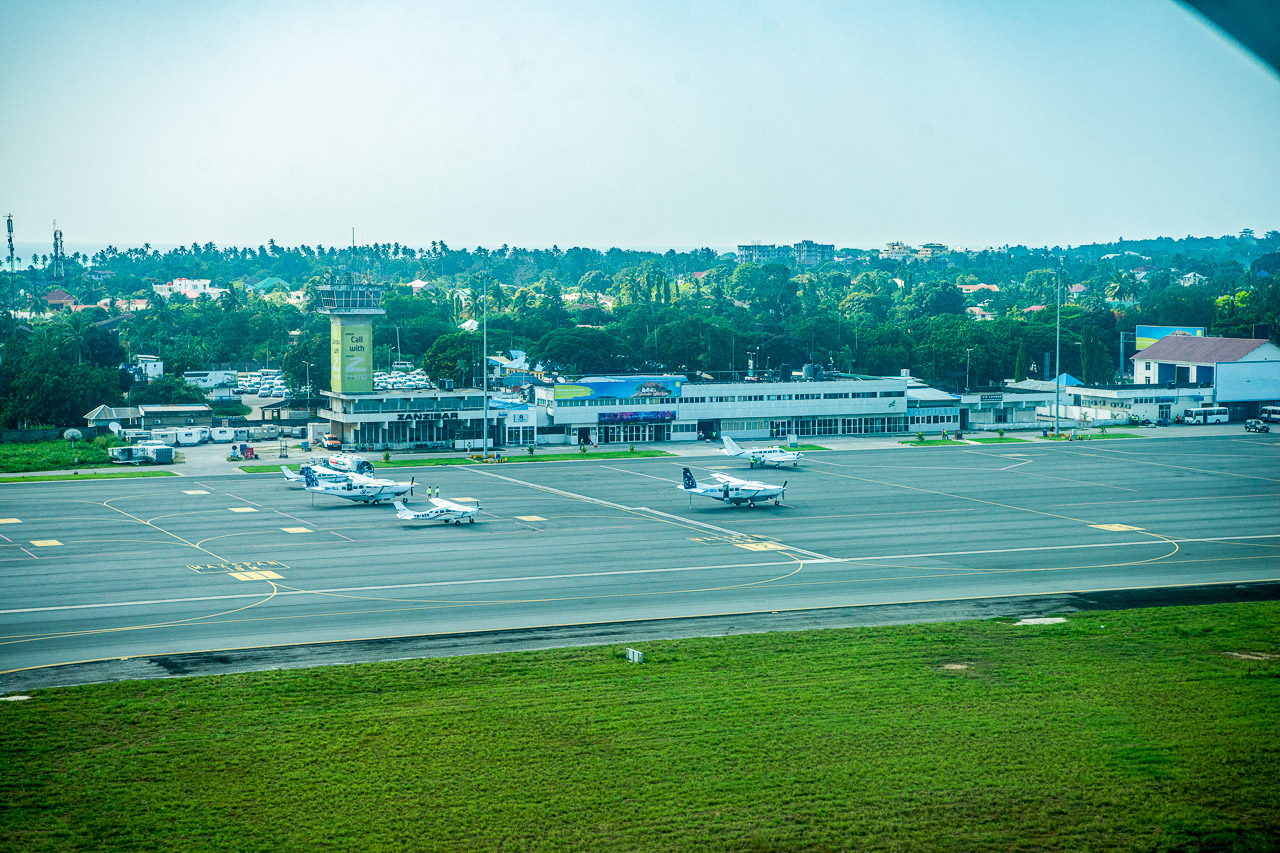
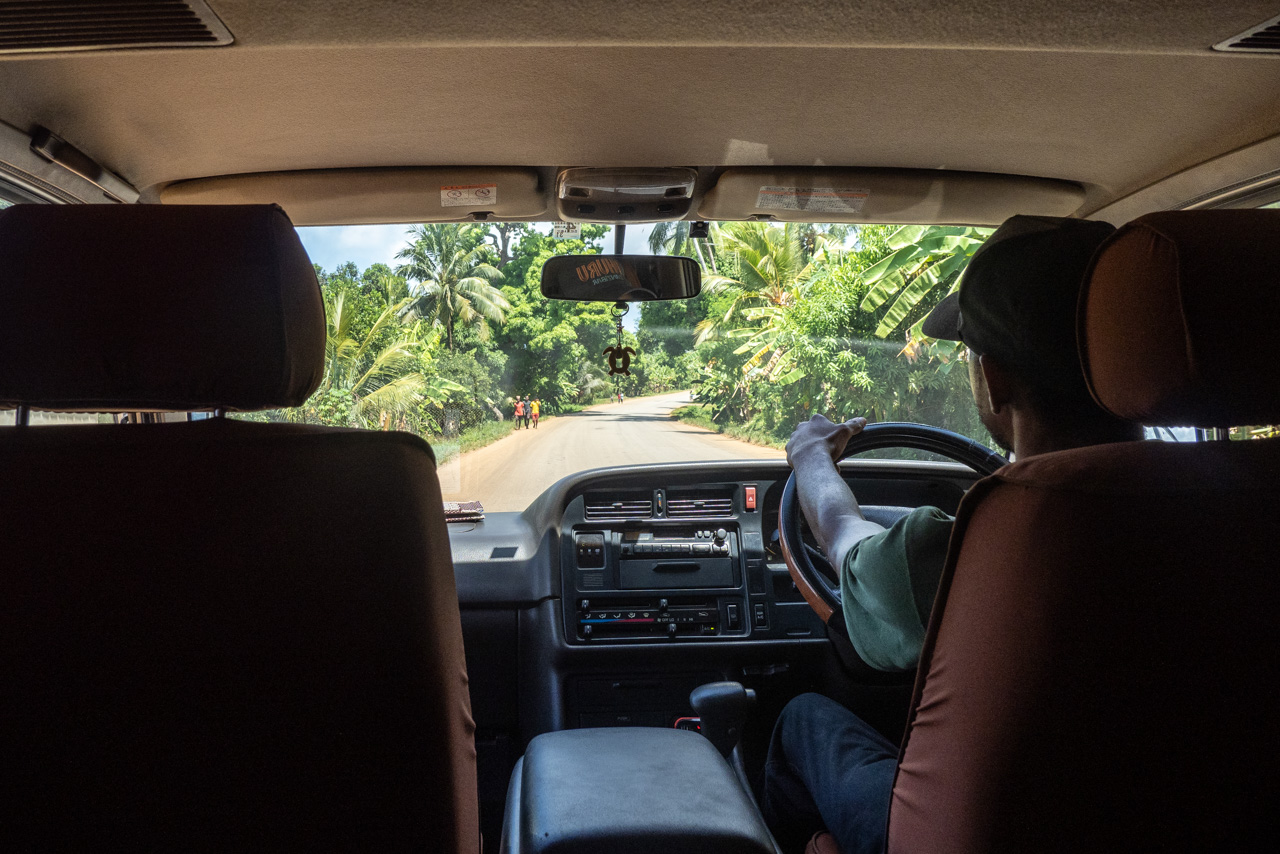
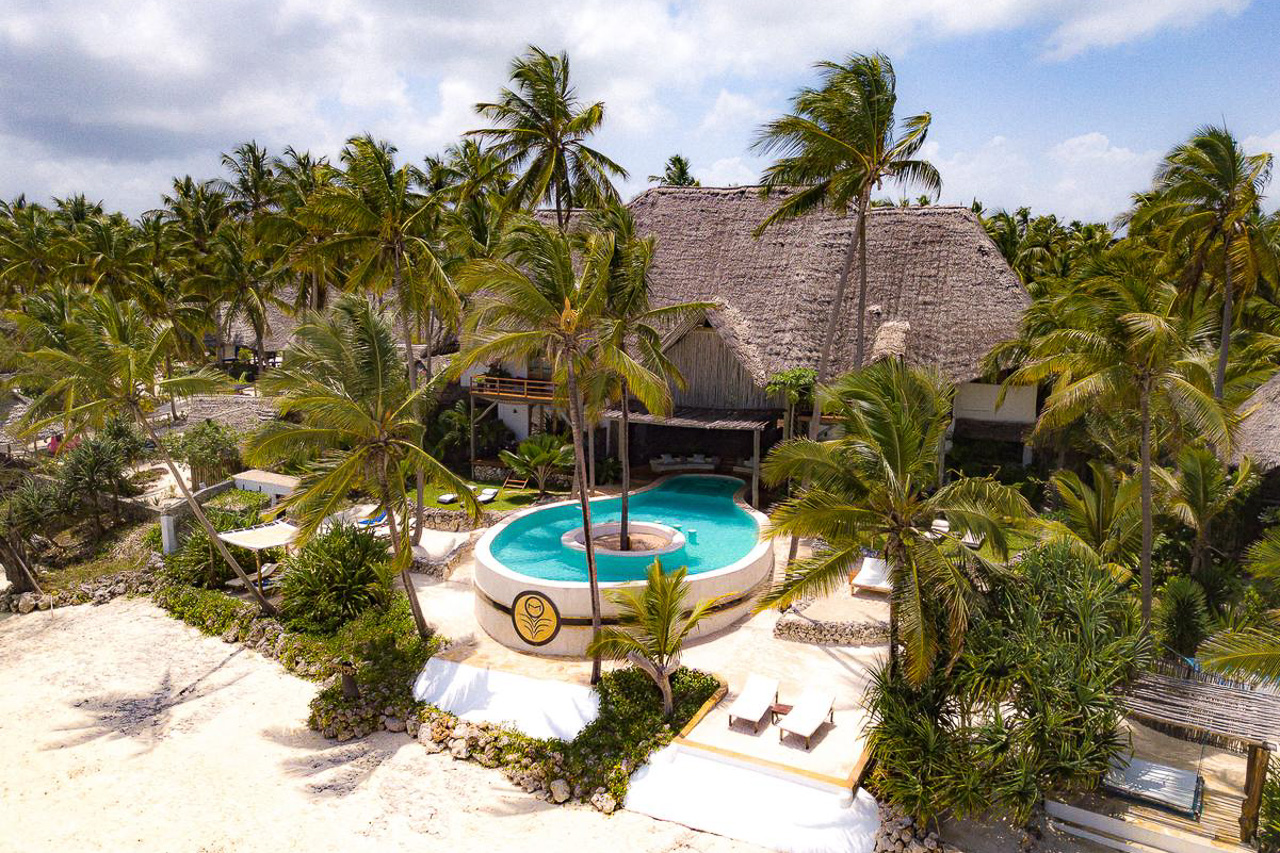
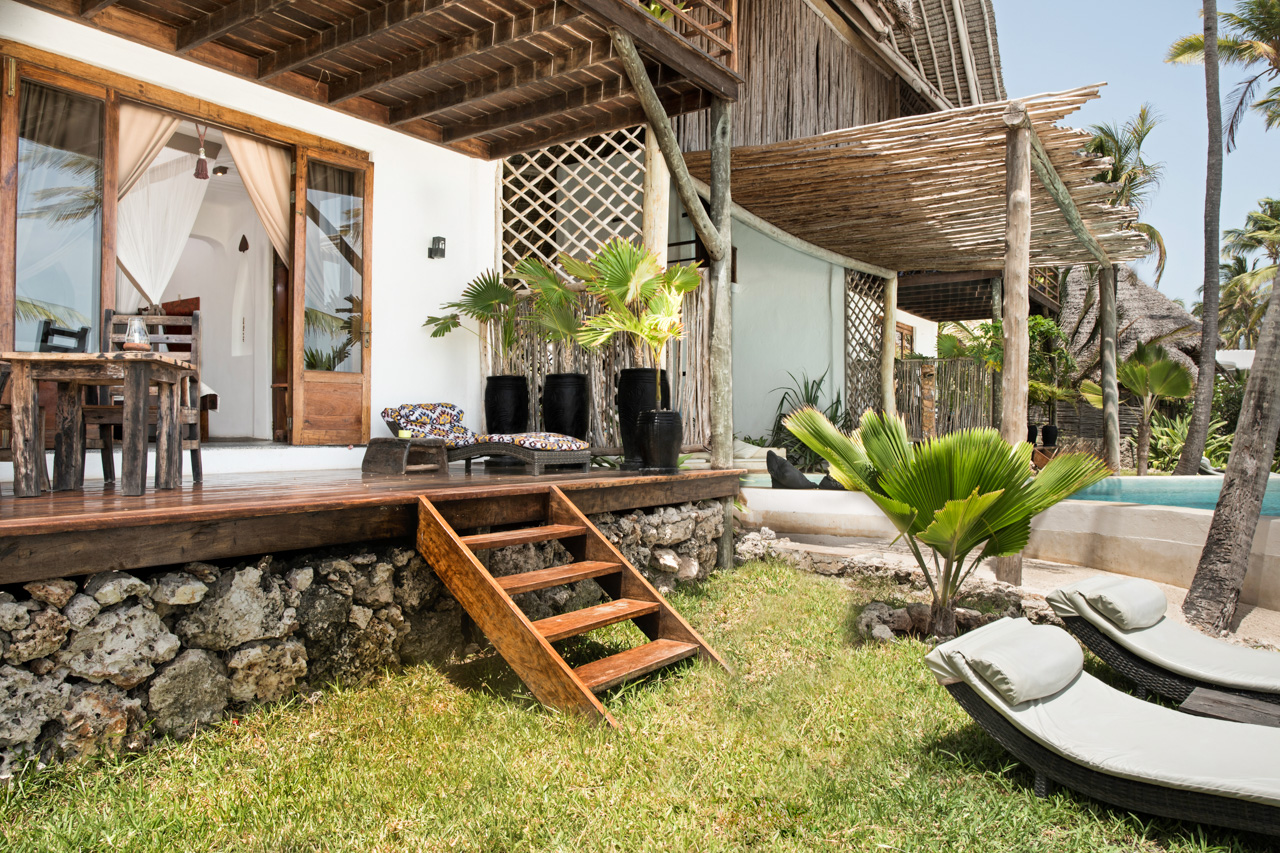
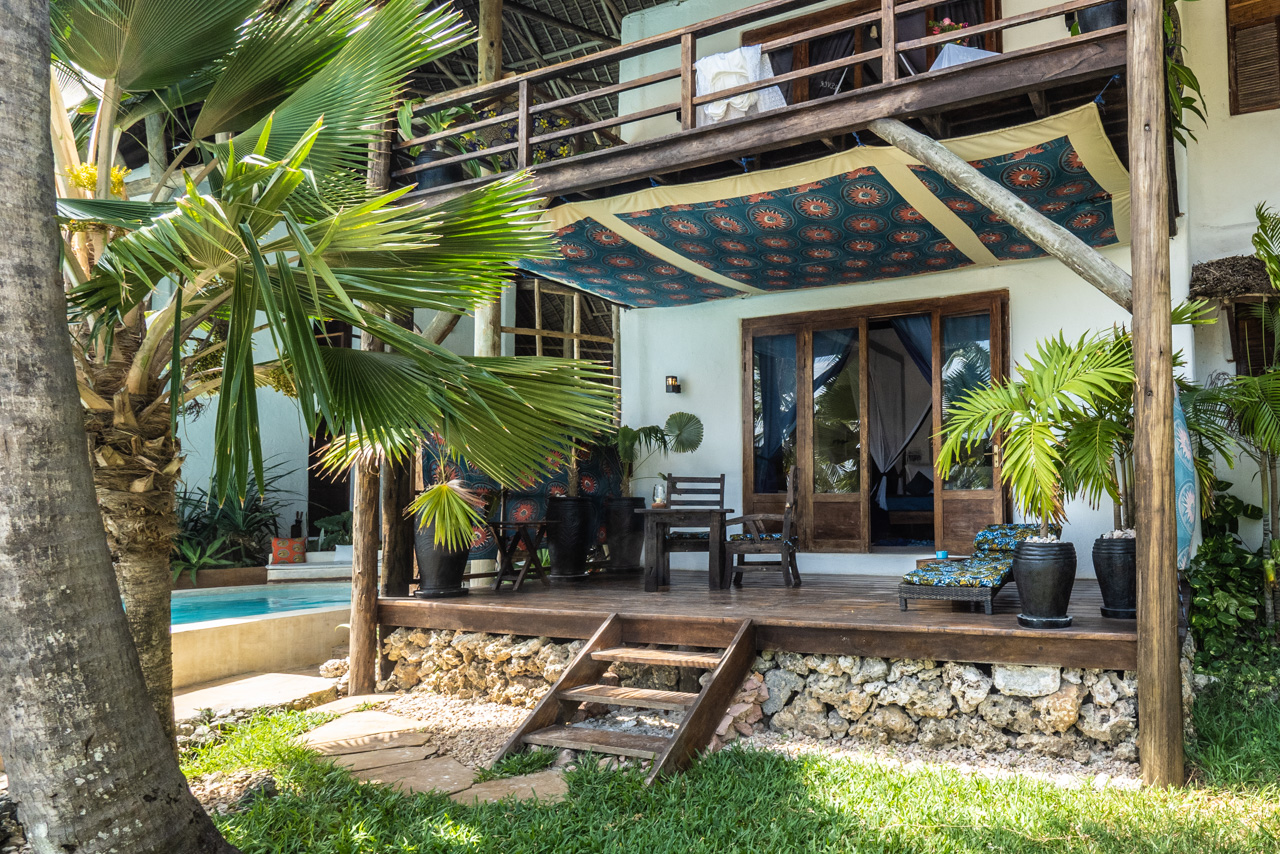
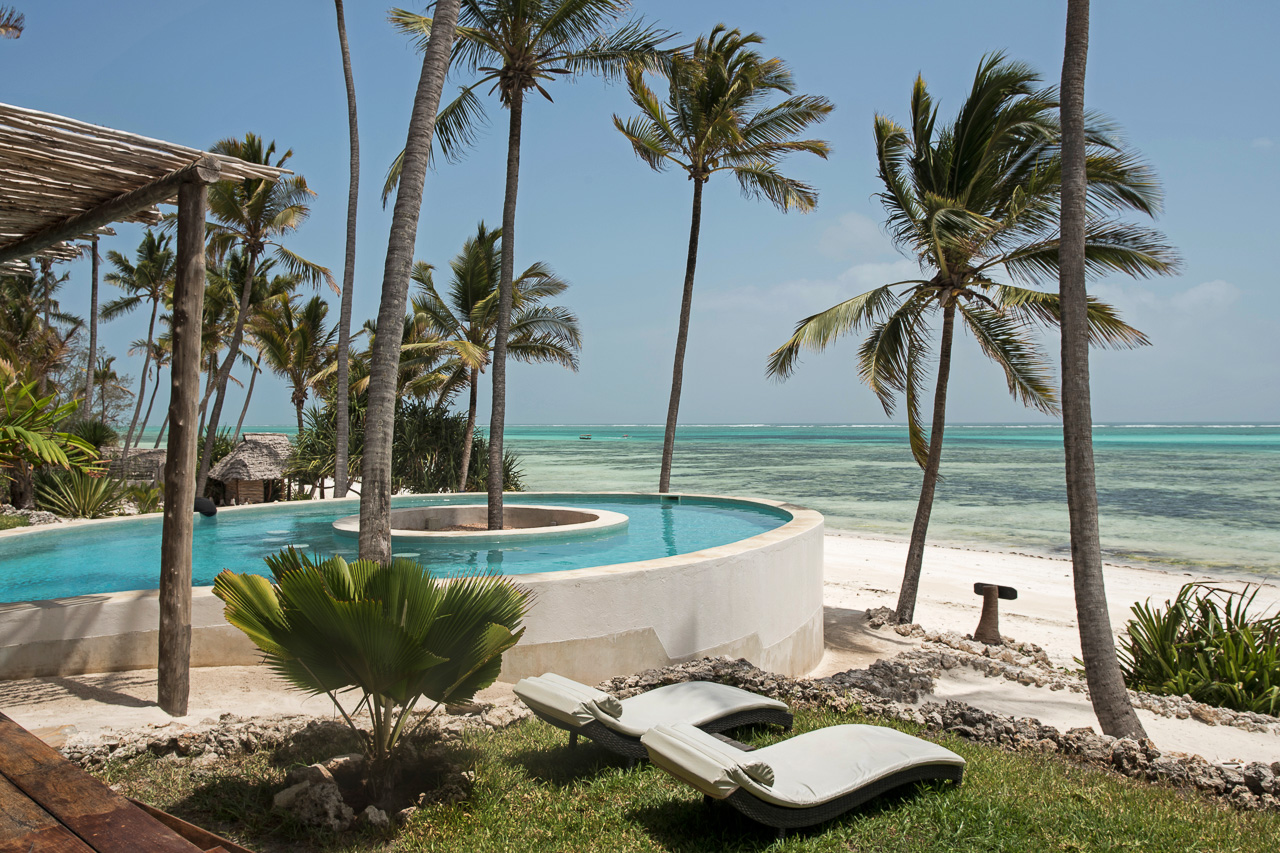
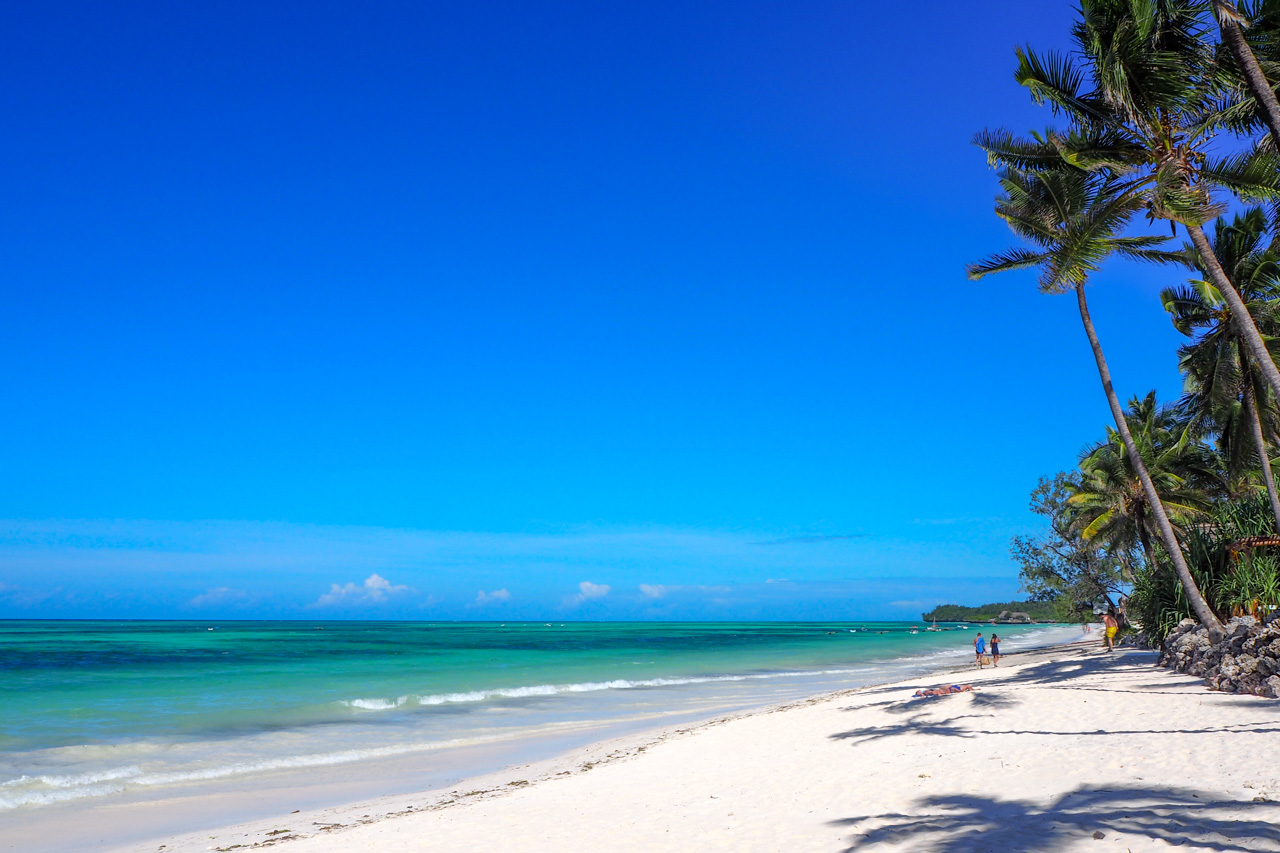
Accommodation
Matlai Boutique Hotel is designed as an exclusive villa resort for people seeking a high level of comfort and privacy in a relaxed atmosphere. The hotel is embedded in an amazing tropical garden overlooking the turquoise Indian Ocean. Each of the two villas features a swimming pool, sun loungers and Zanzibari day beds where you can sun bath or relax in the shade.
Asili House is the two-storey main house. In Kiswahili Asili means «nature, origin» and that's what the architecture of the house characterizes. Asili House has four themed sea-view bedrooms on two storeys and gardened, sea faced terraces with sun lounger and dining table, a pool reaching the beach and an al-fresco lounge with armchairs, guest library, huge dining table, fridge, tea and coffee bar.
Villa Kidosho is a low-rise house directly on the beach of around 200 sq. In Swahili Kidosho means «beauty», the villa reflects the timeless beauty of the former sultan palaces. Villa Kidosho has two themed suites with fantastic sea view, sea faced private terraces with sun lounger and dining tables, a private infinity pool with jacuzzi jets and a huge lounge with elevated sitting area, coffee bar, guest library, dining table and terrace with direct access to the pool.
The restaurant, which is located at the far end of the property, is open to the public and can also be visited by beach goers. The bar offers refreshments, a football table and darts.
The beach is mostly sandy; in certain areas also rocky - depending on the direction of the monsoon wind that moves sand around the island. At low tide a large area of the seabed is exposed. Swimming is still always possible as there are some tidal creeks where enough water remains.
Matlai can be reached from the airport in about 1h 10 minutes on a good tarred road.

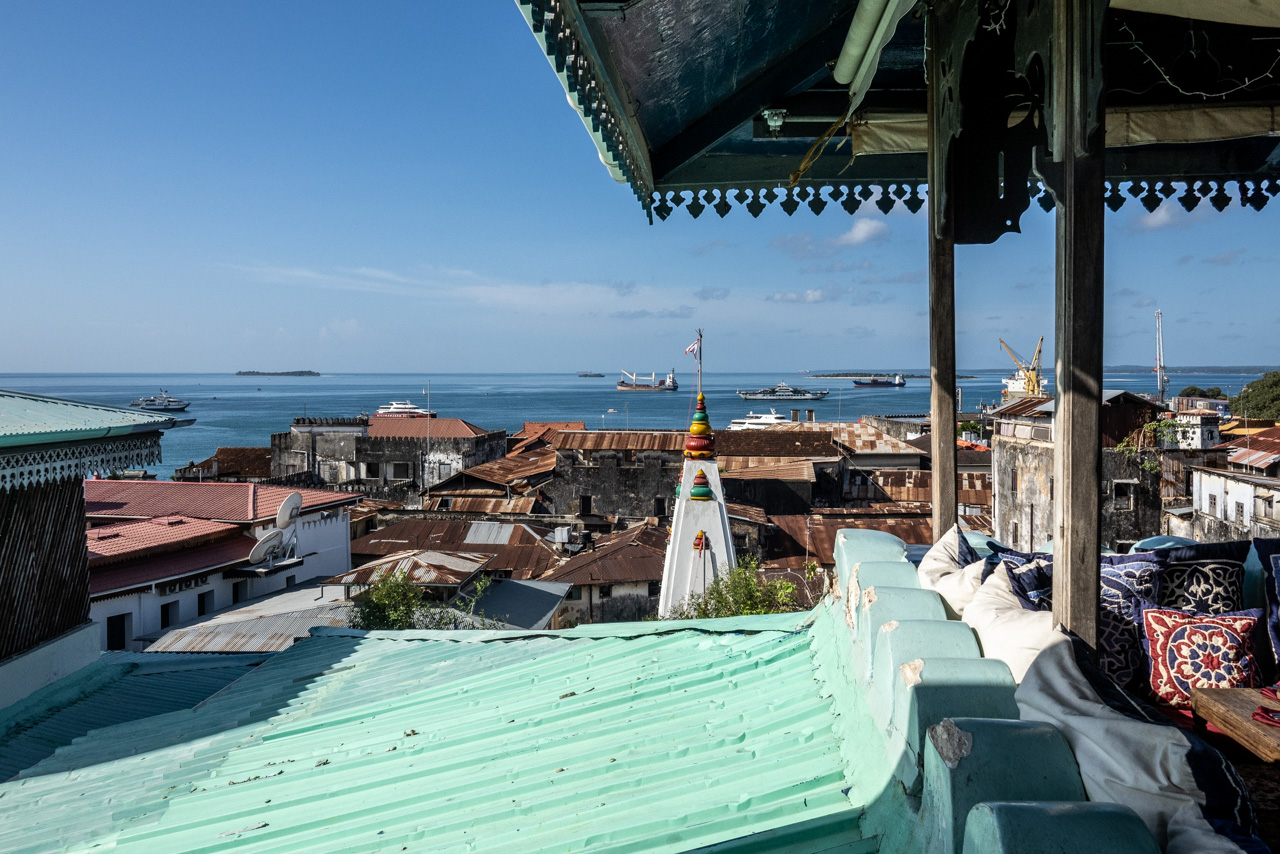
Basic Information
Individual journey. The journey will be planned on your preferred dates.
Duration 21 nights. Min 2 guests. Minimum age 8 years. Weight limit of luggage 15 kg. Luggage in one soft bag only.
Includes all transfers from Arusha to the hotels/camps to Zanzibar
- Kahawa Cottages: Standard Room. Breakfast.
- Lamai Serengeti: Standard Room. All meals, drinks (except premier brands), laundry service, private vehicle / guide provided by the lodge.
- Greystoke Mahale: Standard Room. All meals, drinks (except premier brands), laundry service, twice daily shared activities with one of the camp guides.
- Chada Katavi: Standard Room. All meals, drinks (except premier brands), laundry service, private vehicle / guide provided by the lodge.
- Jabali Ridge: Standard Room. All meals, drinks (except premier brands), laundry service, twice daily shared activities with one of the camp guides.
- Roho ya Selous: Standard Room. All meals, drinks (except premier brands), laundry service, twice daily shared activities with one of the camp guides.
- Matlai Boutique Hotel: Asili Haus Room. Dinner, breakfast, drinks (water, soft drinks, tea, coffee).
Learn more about these areas













